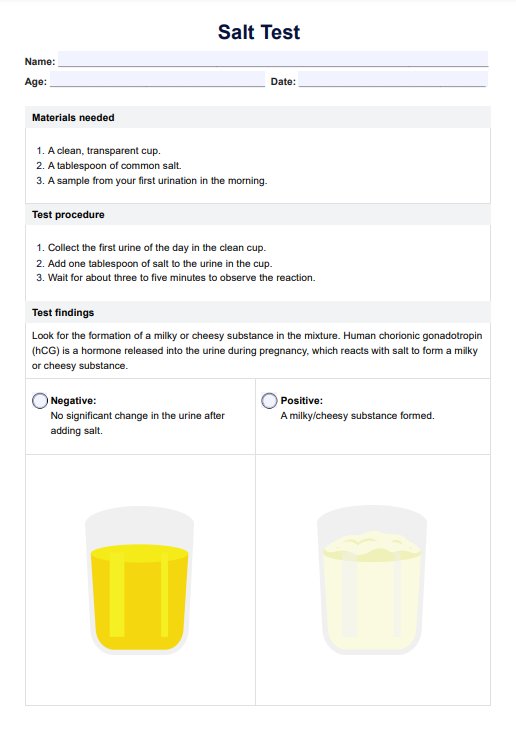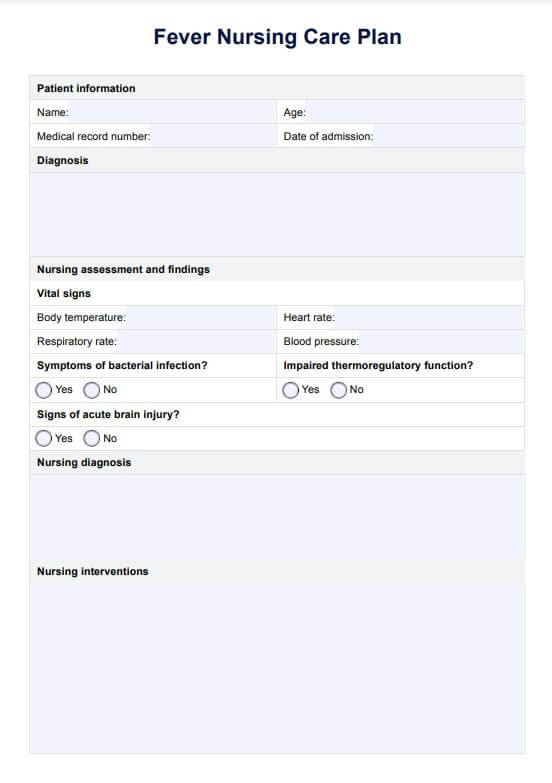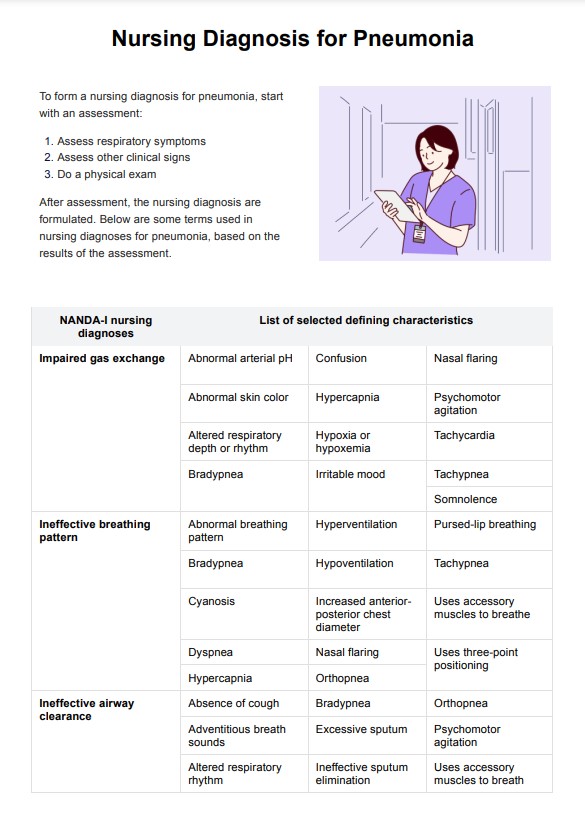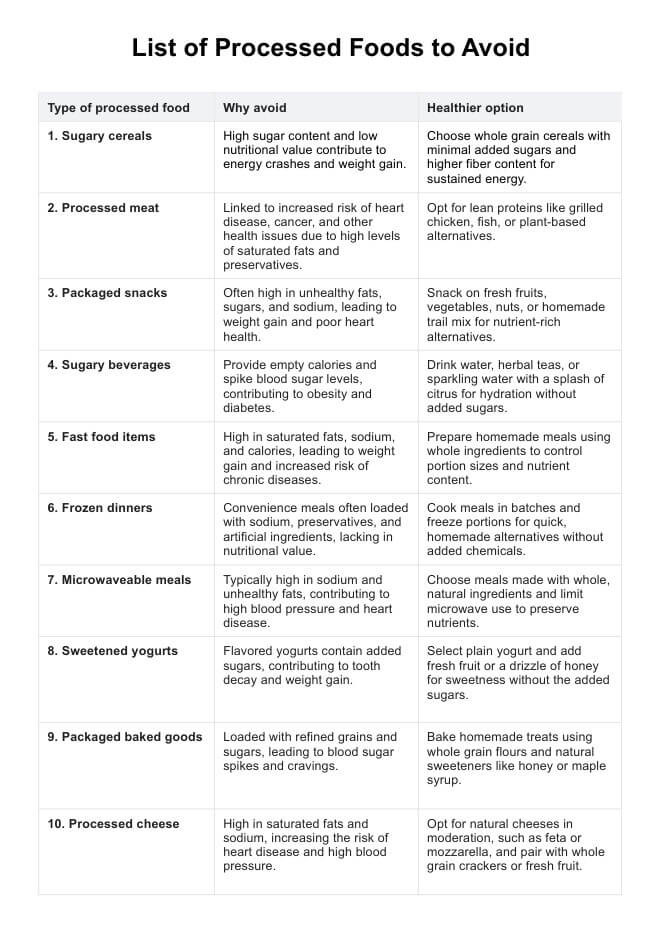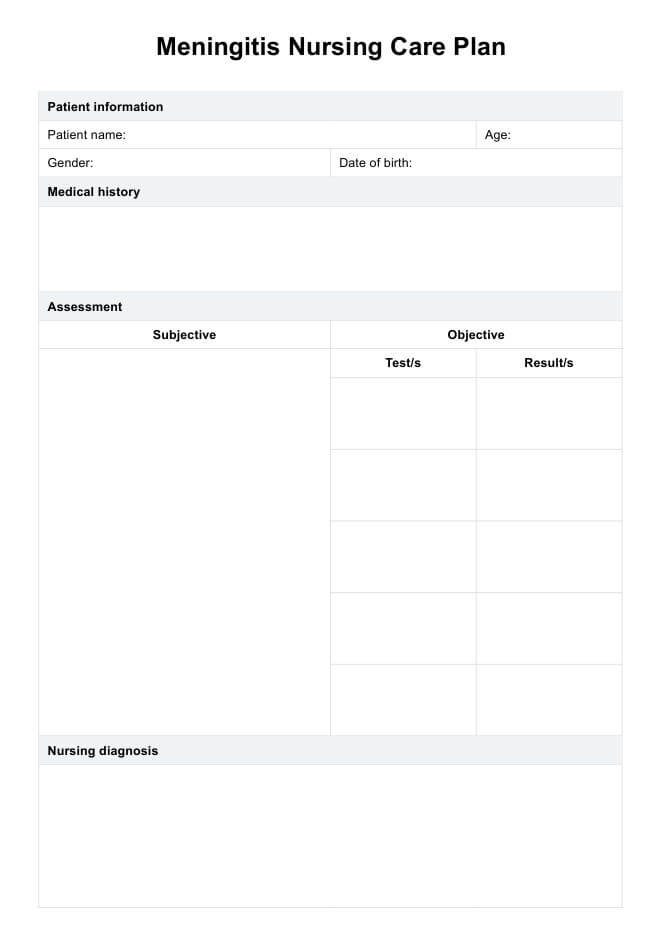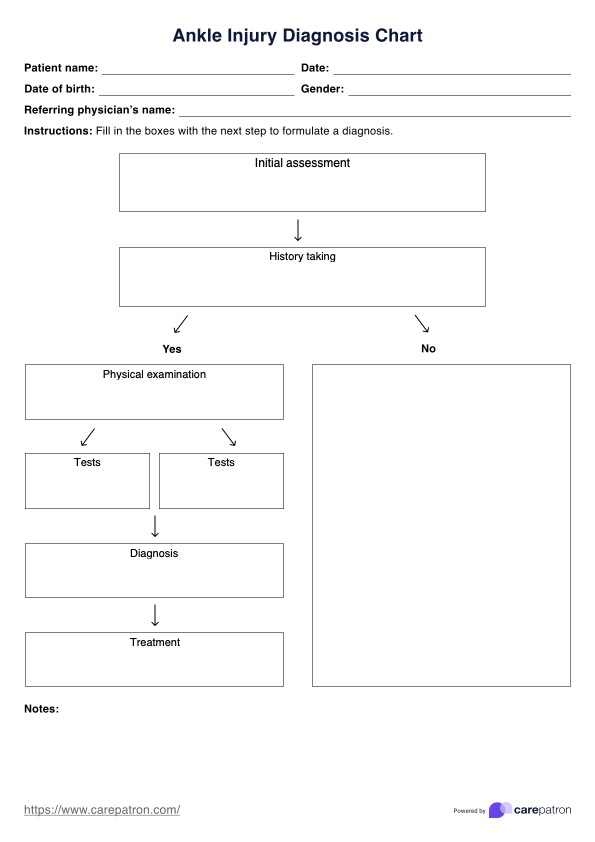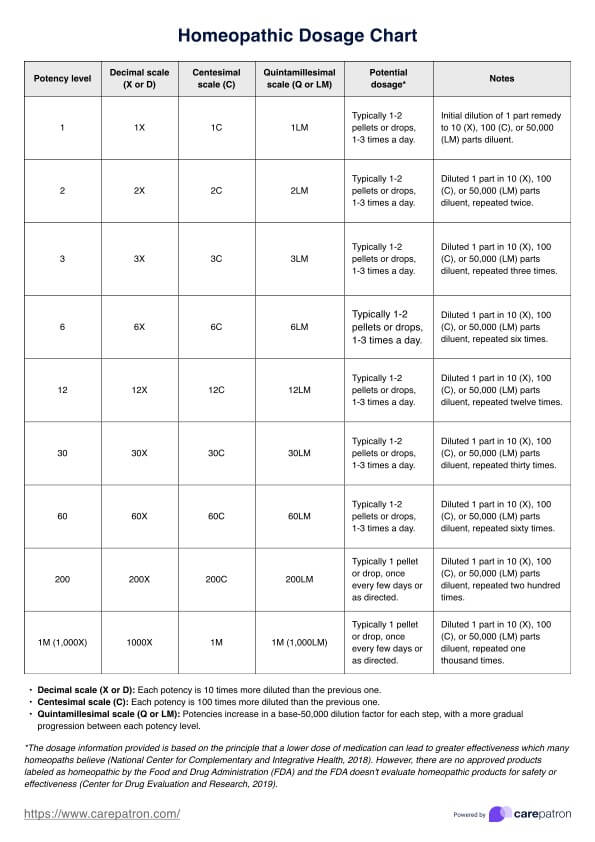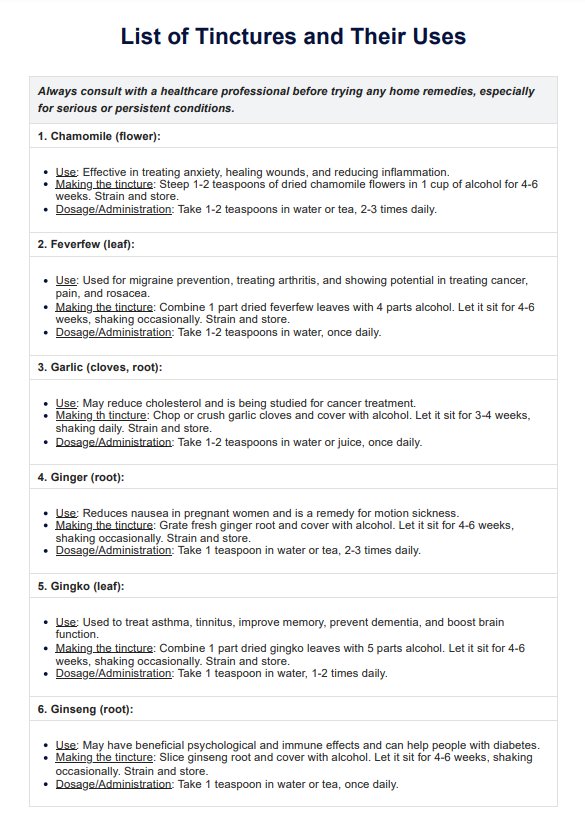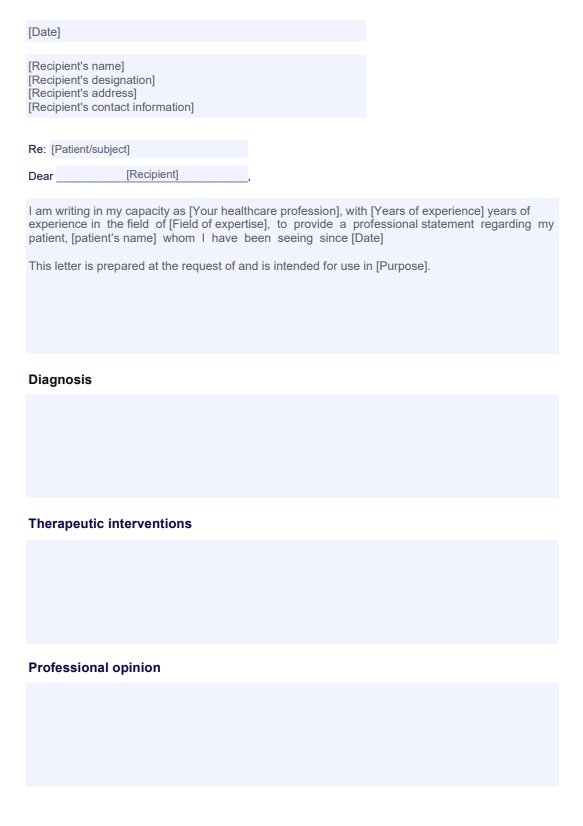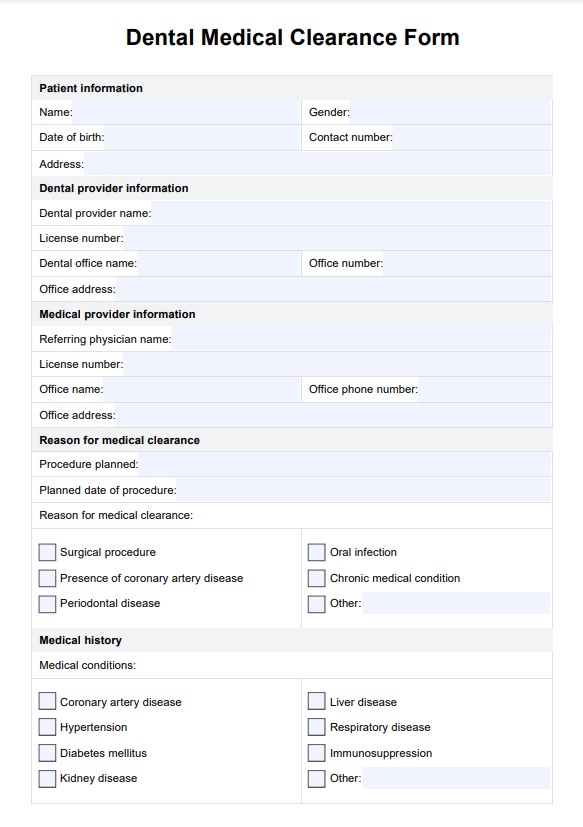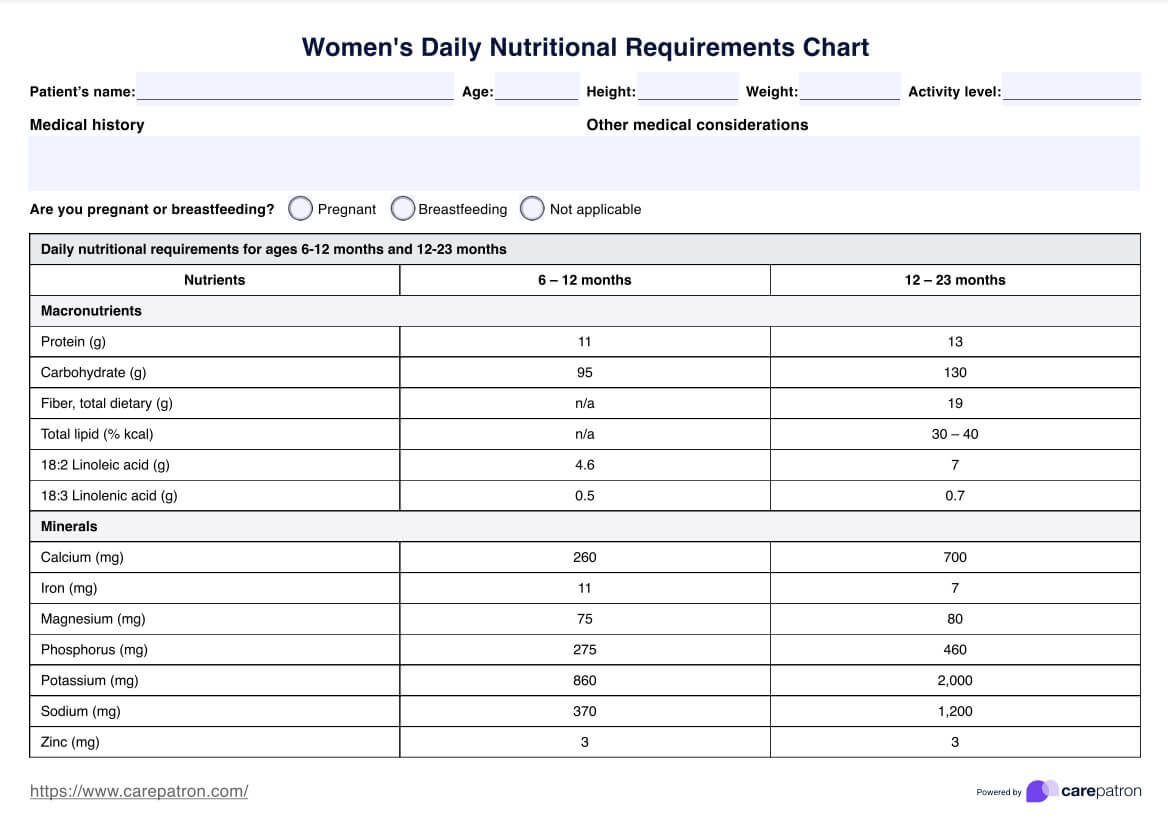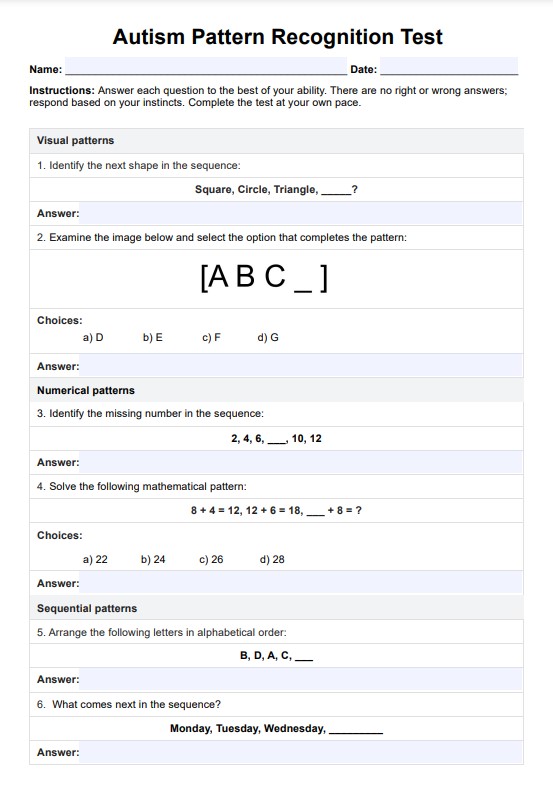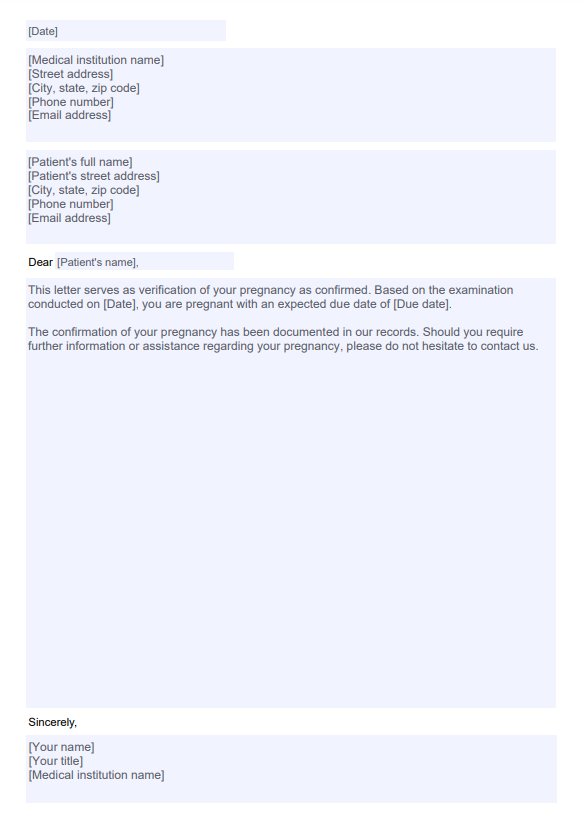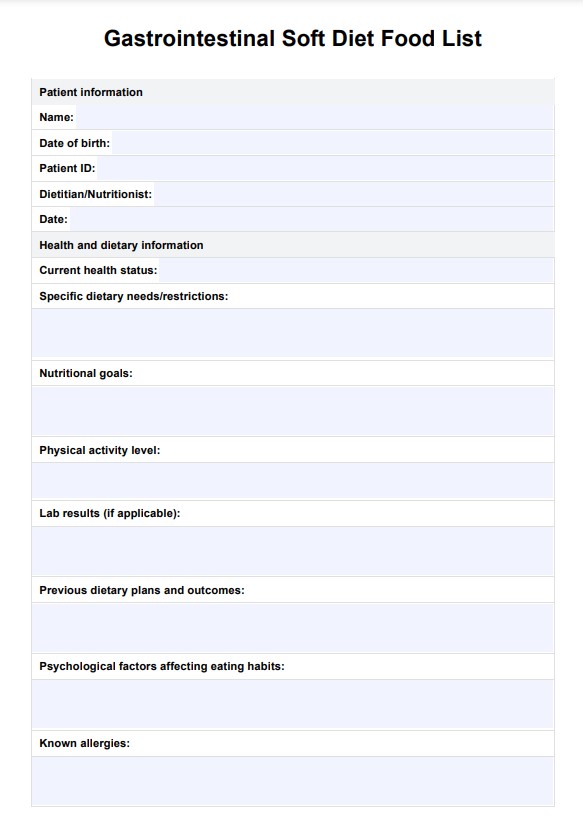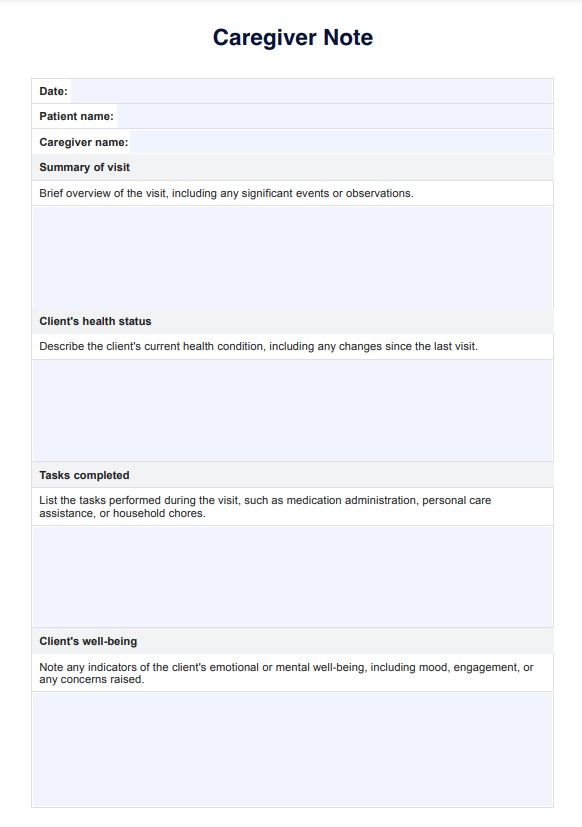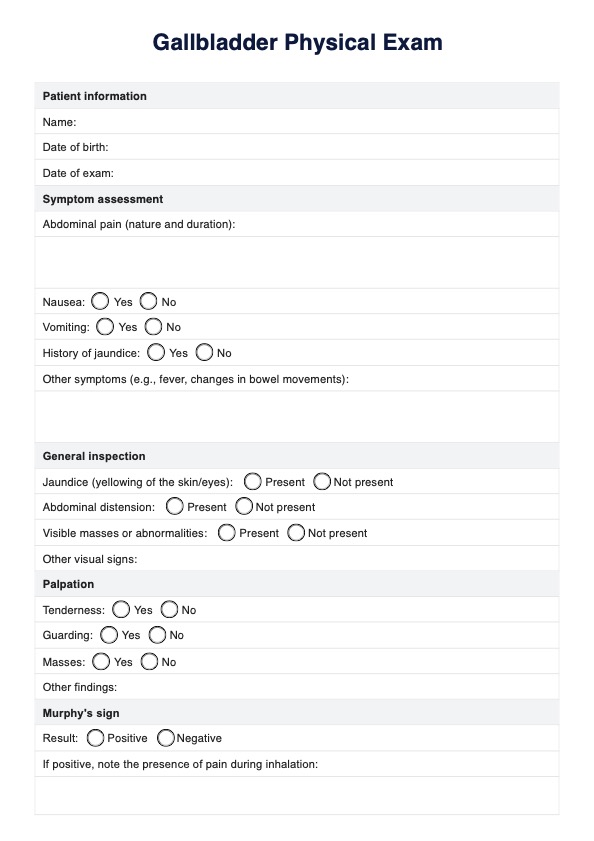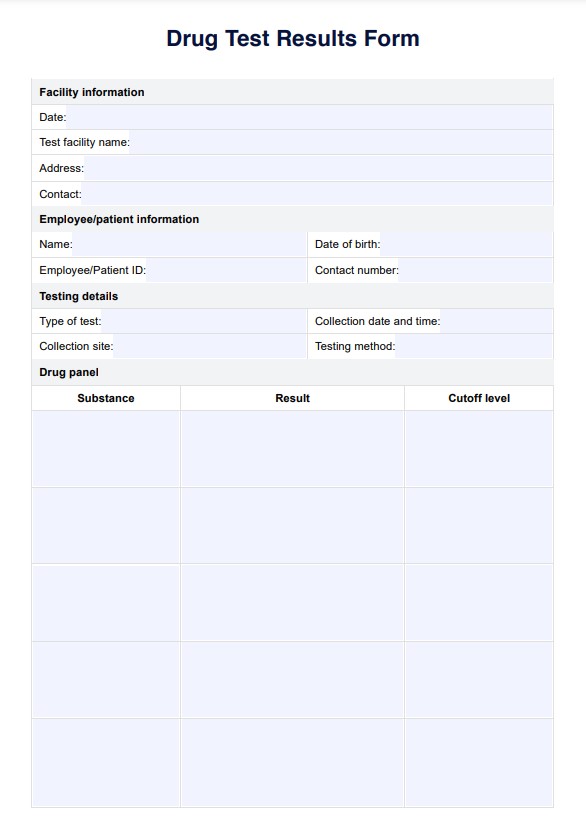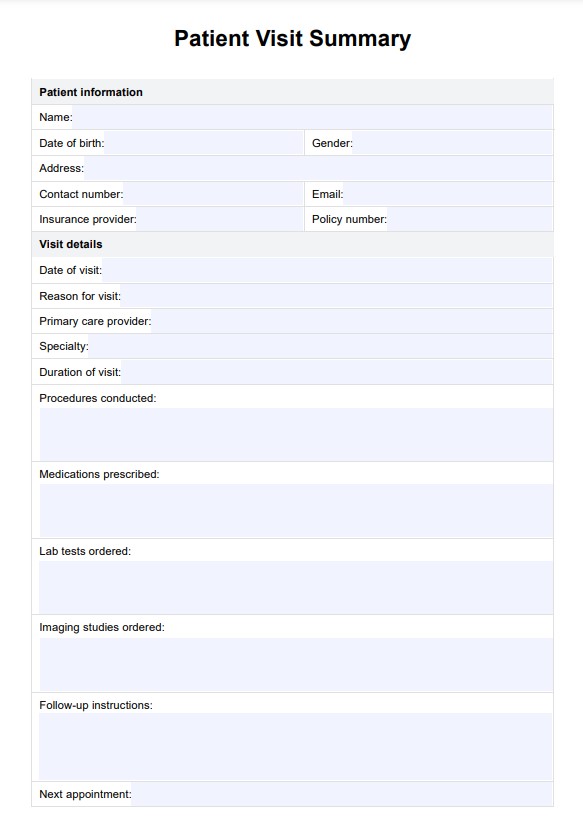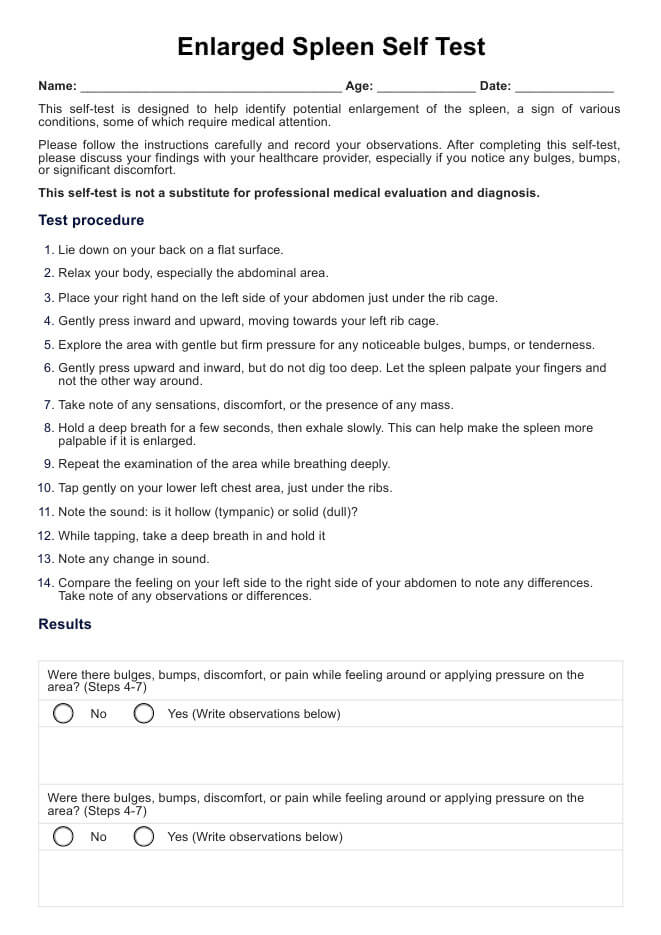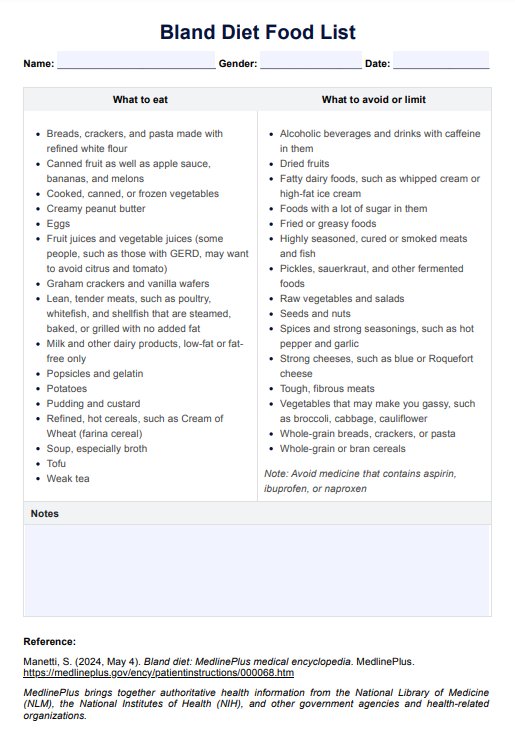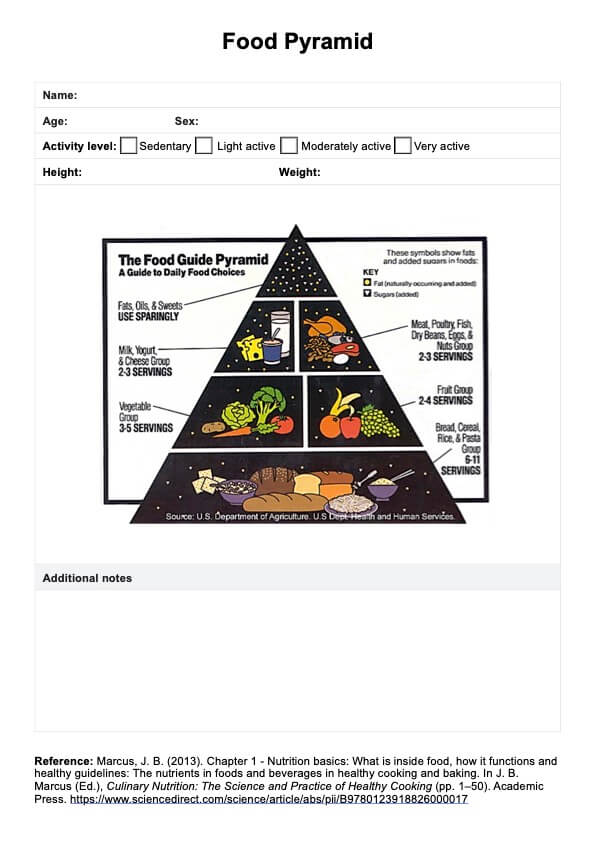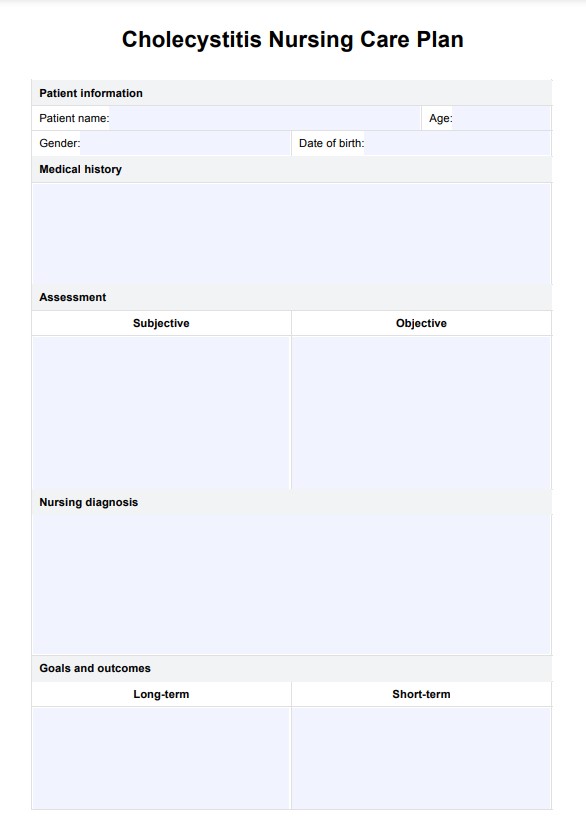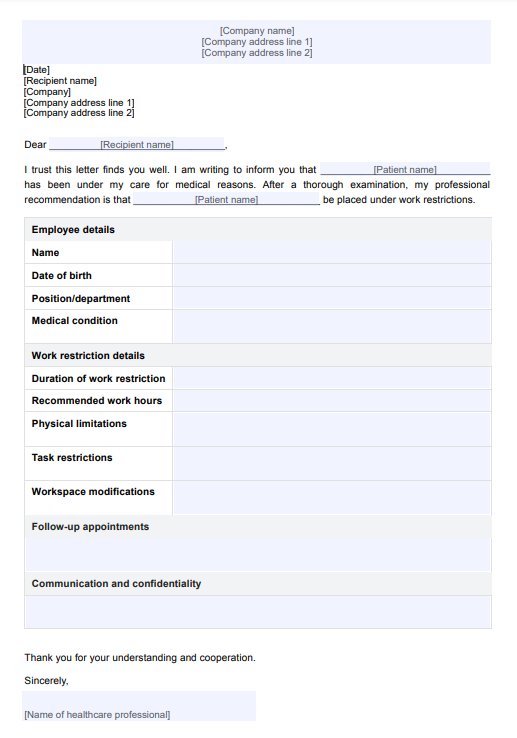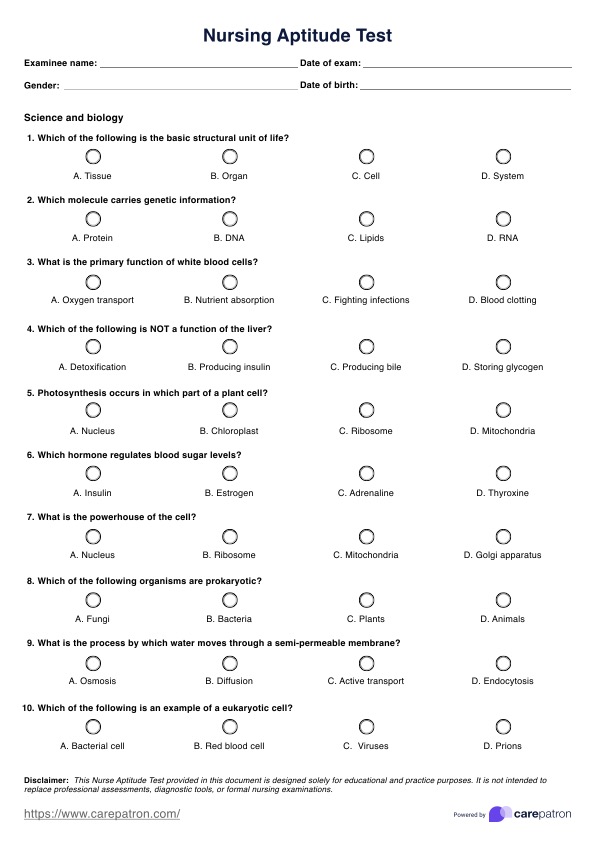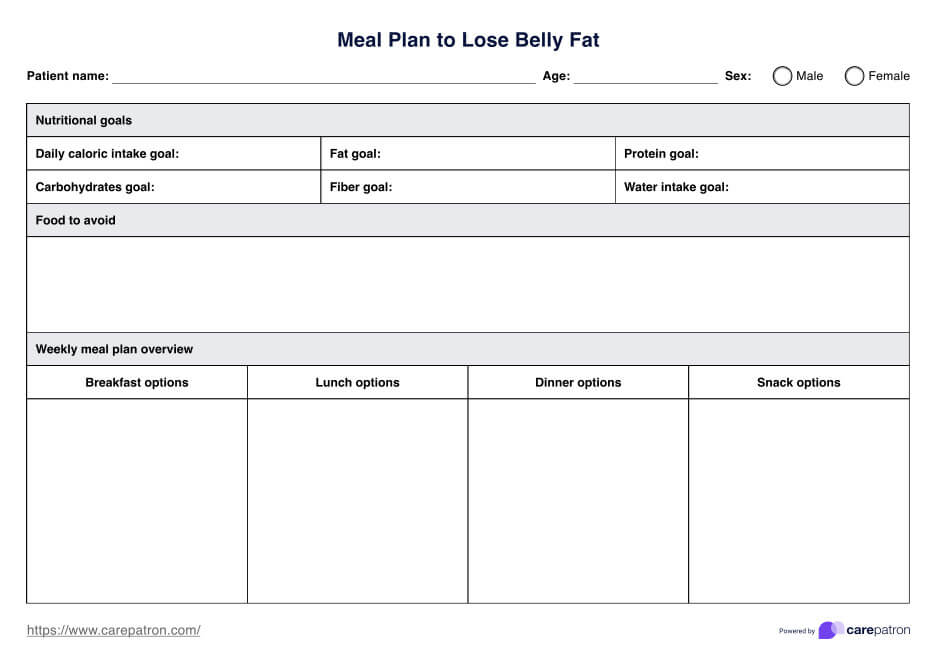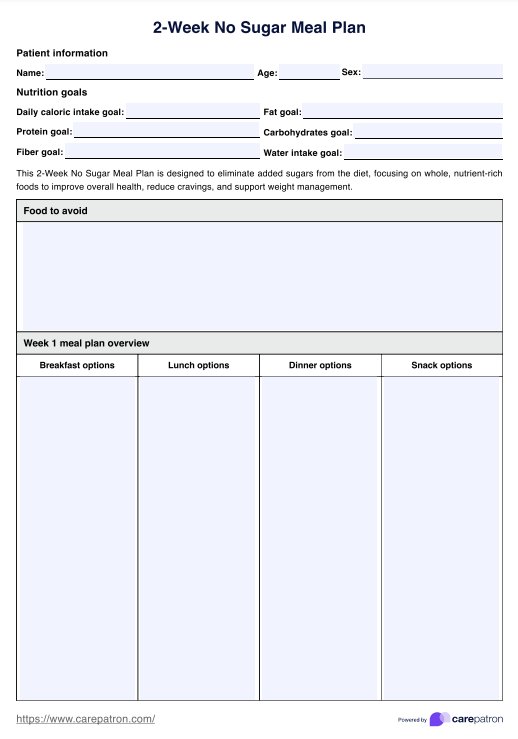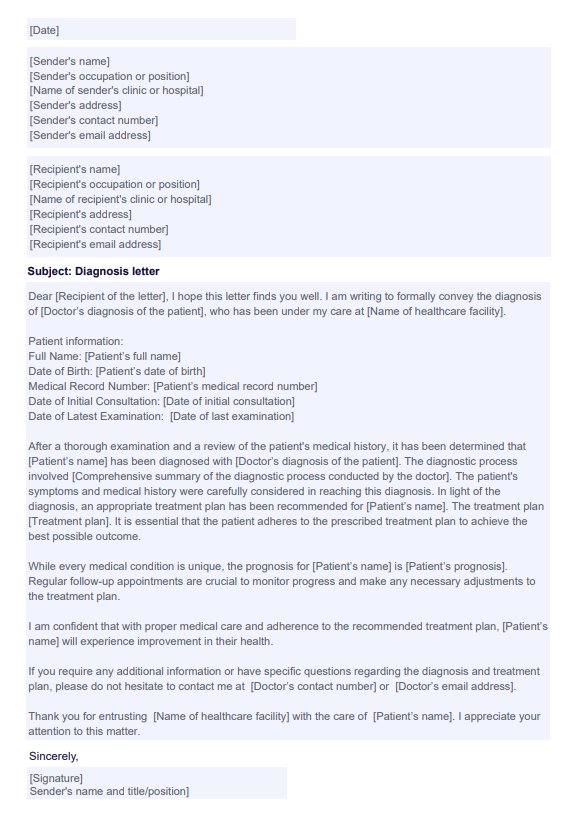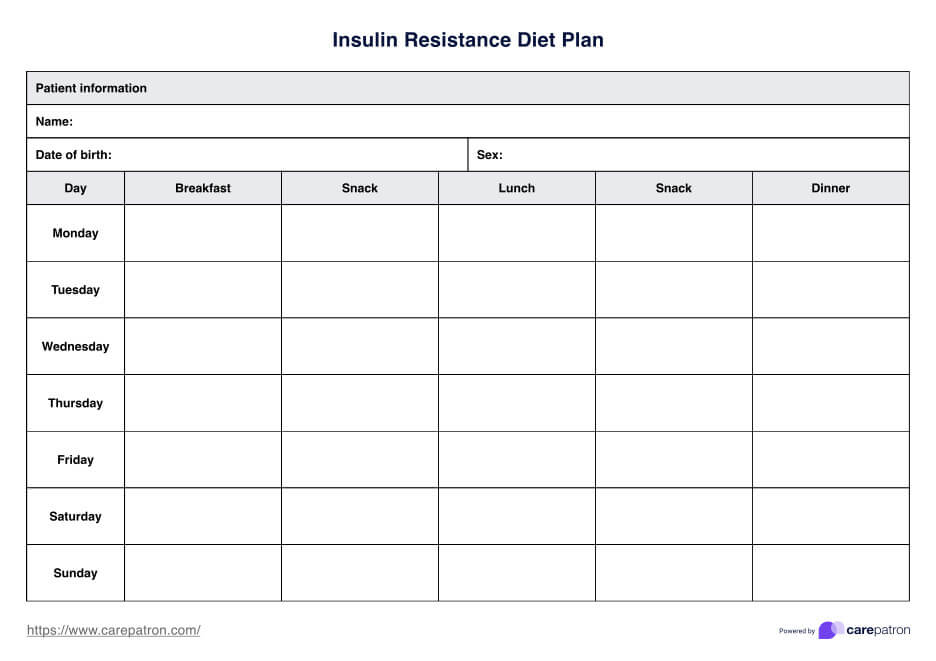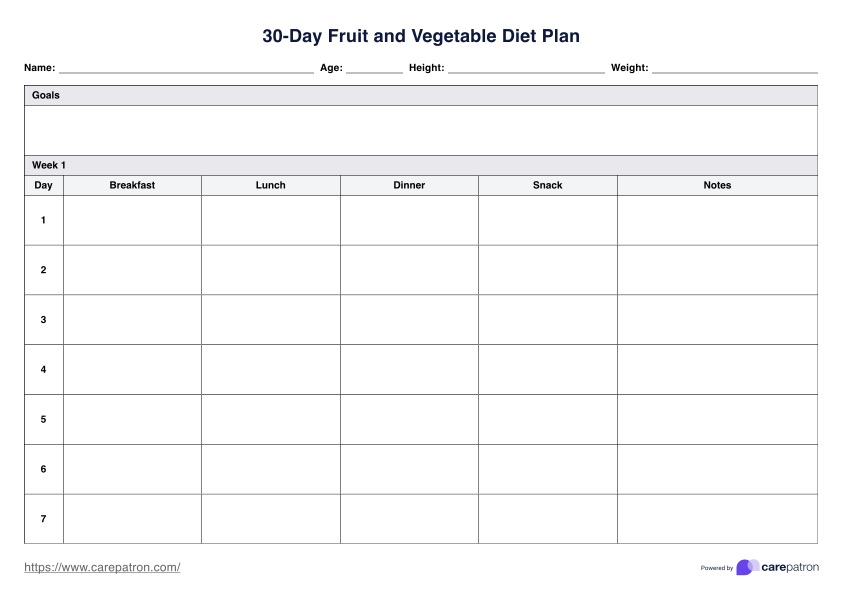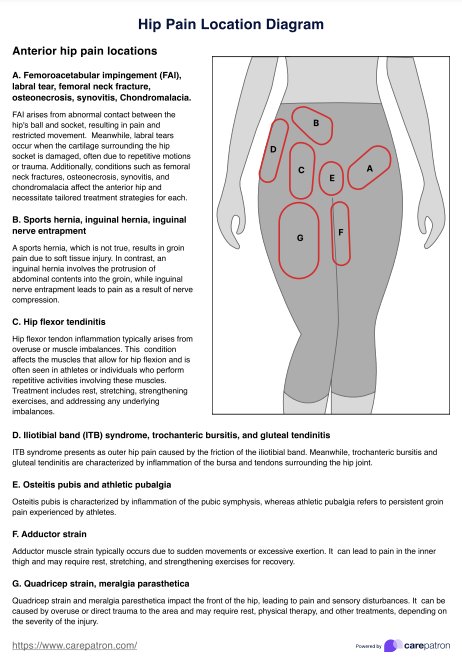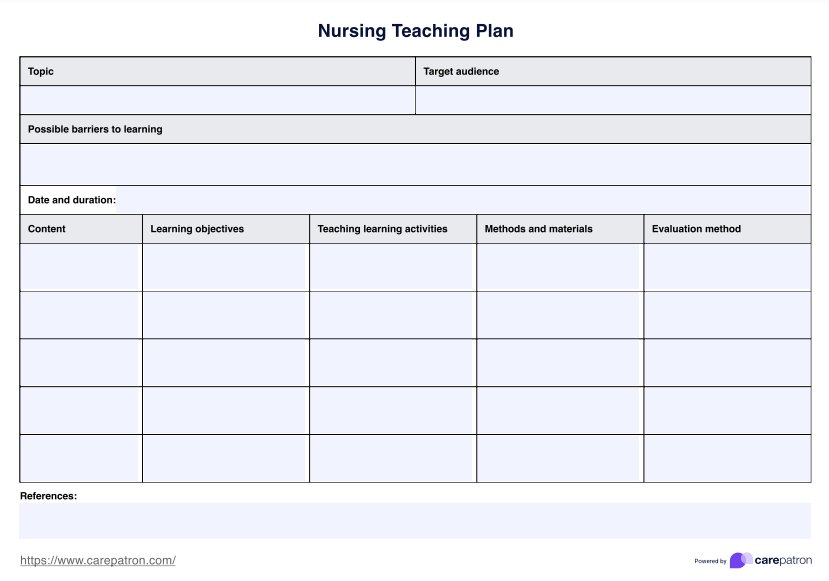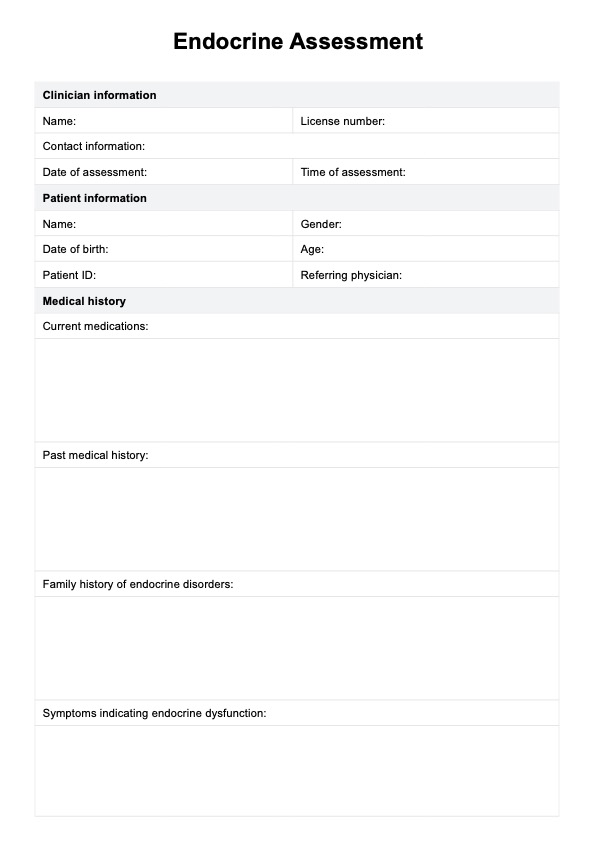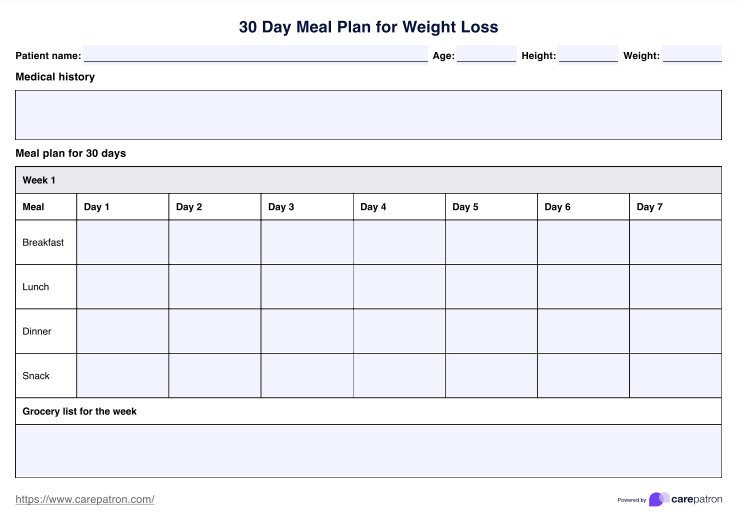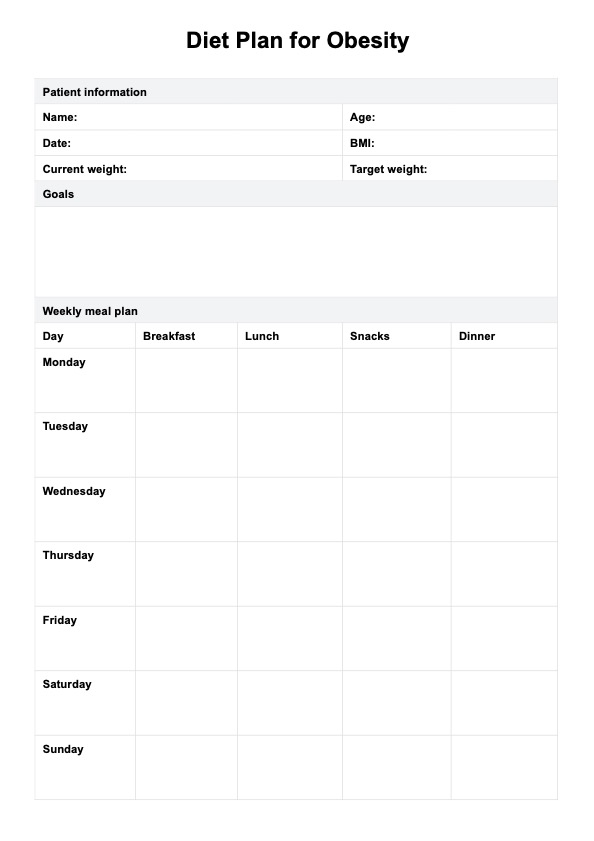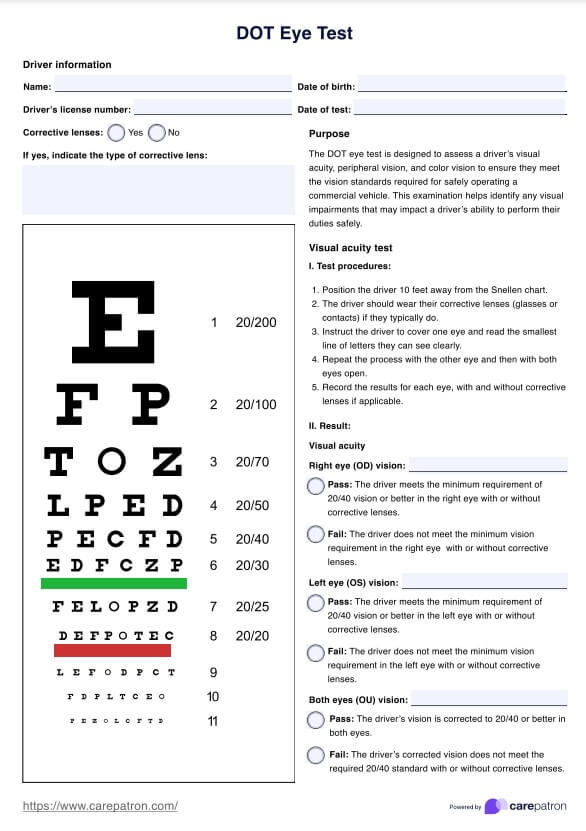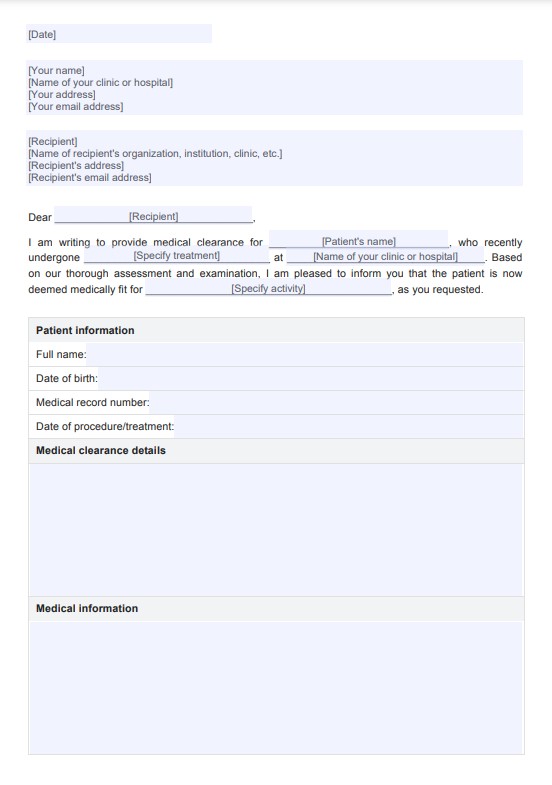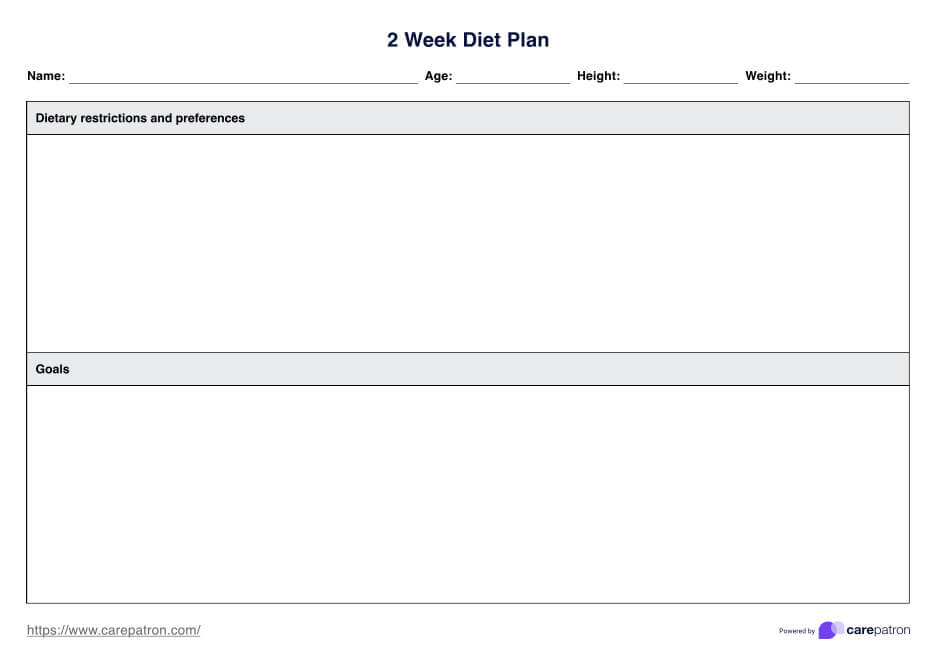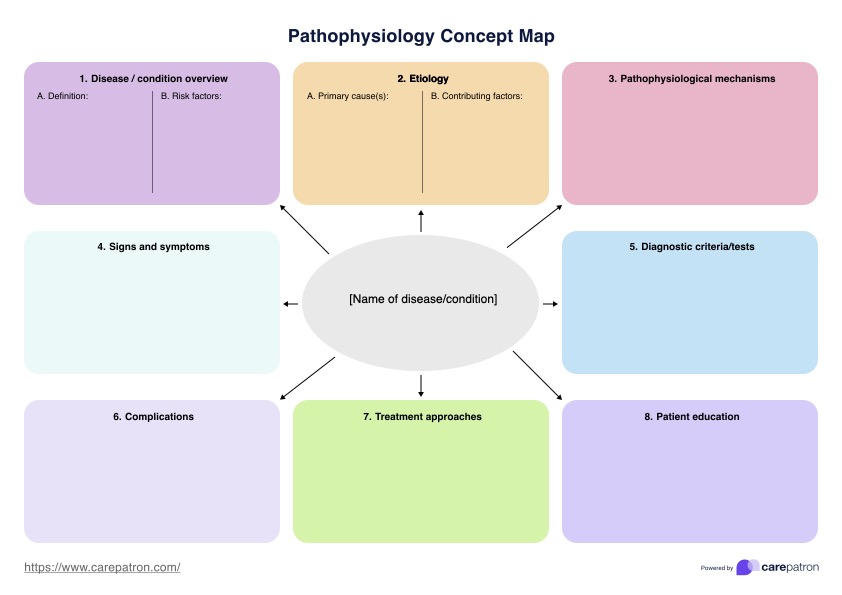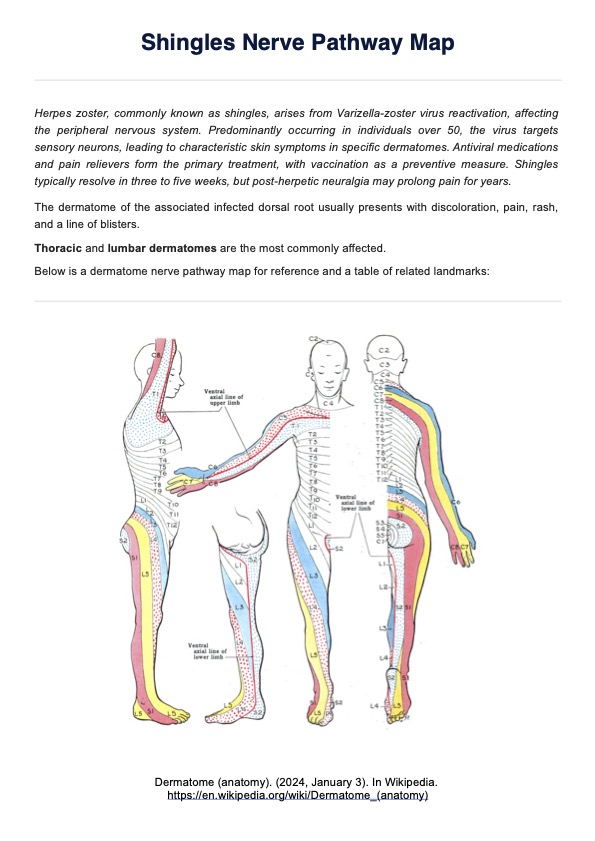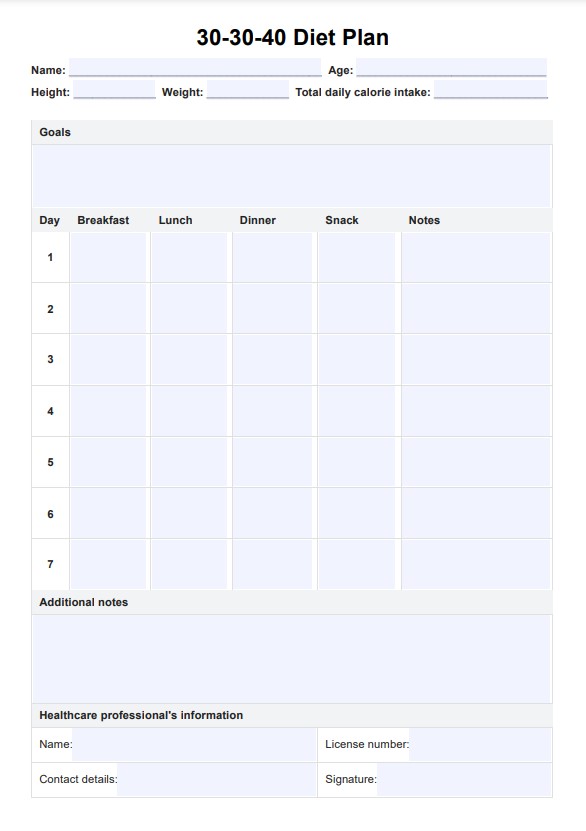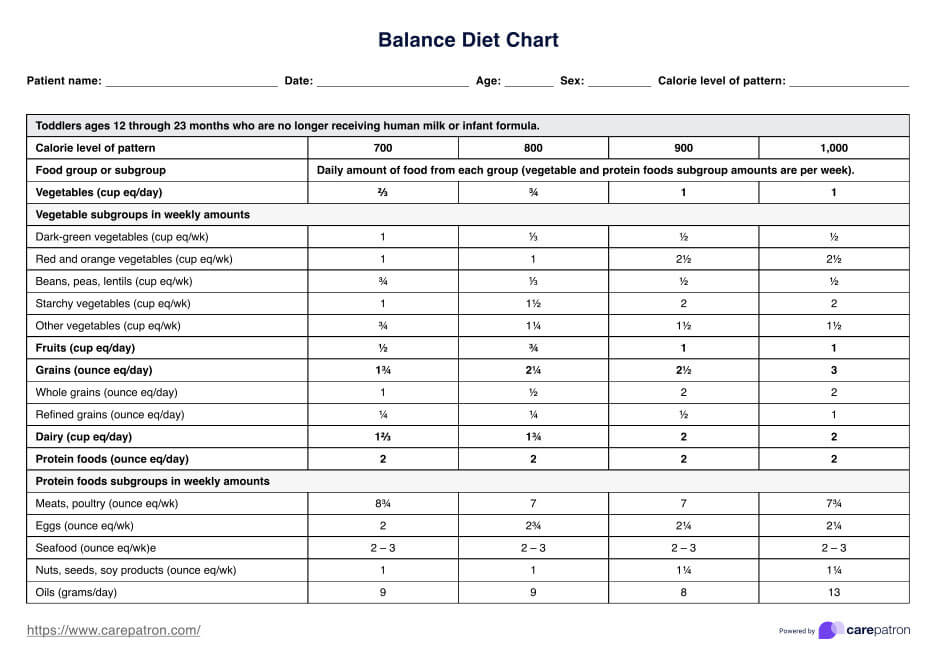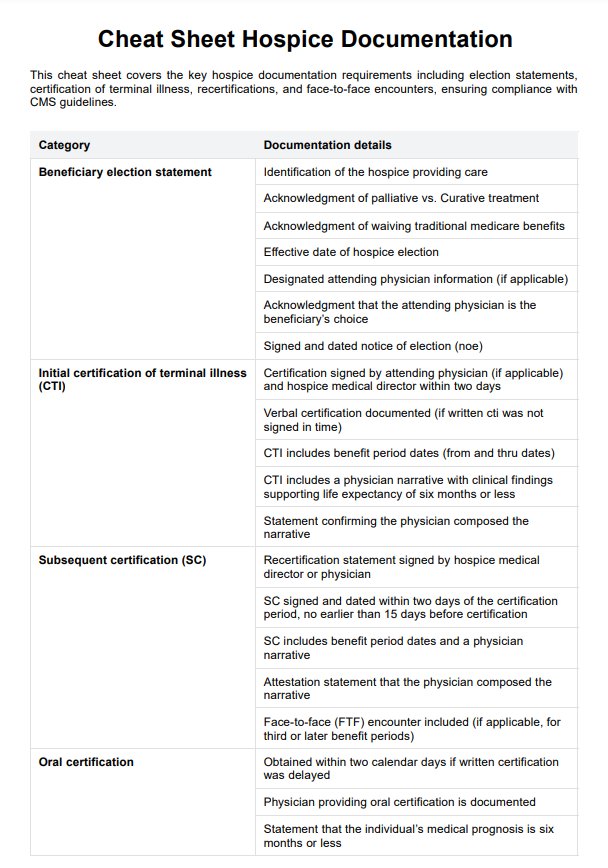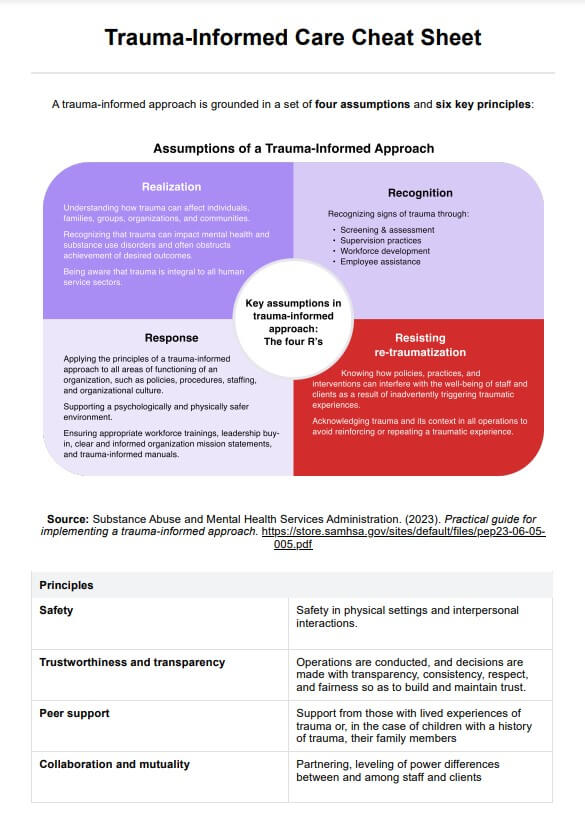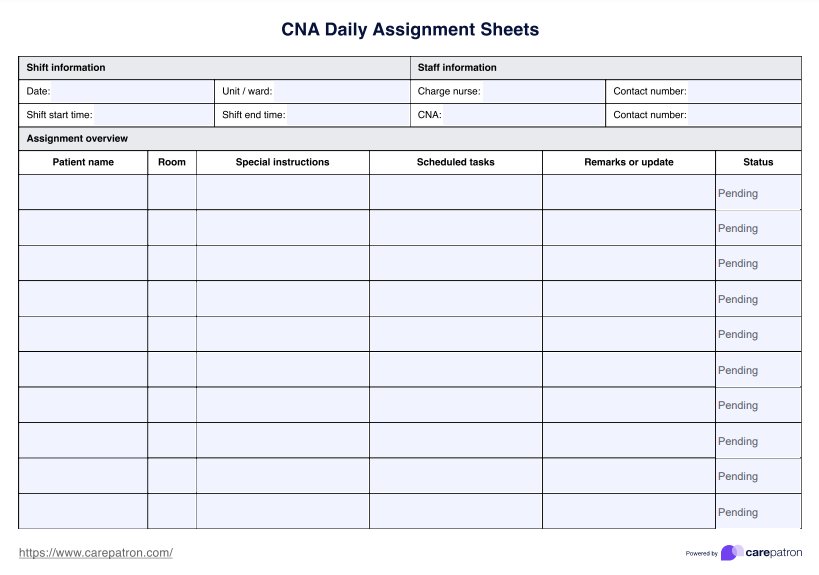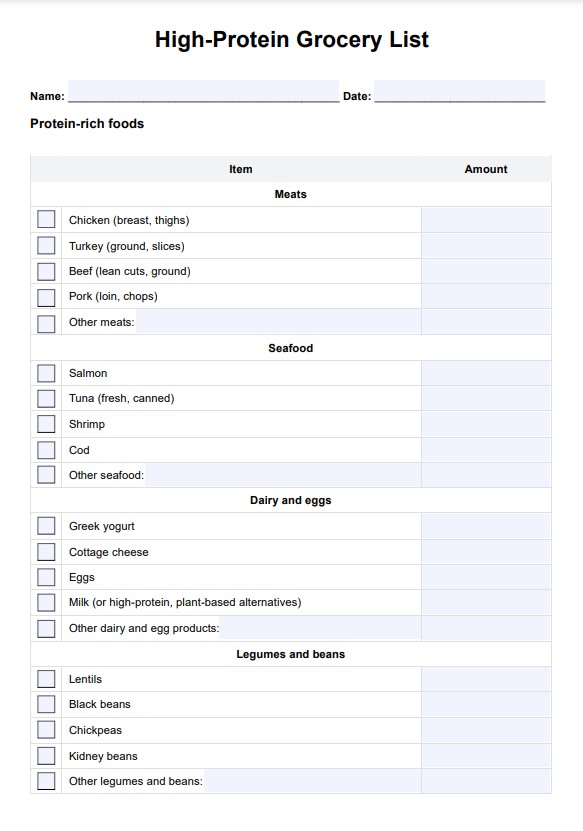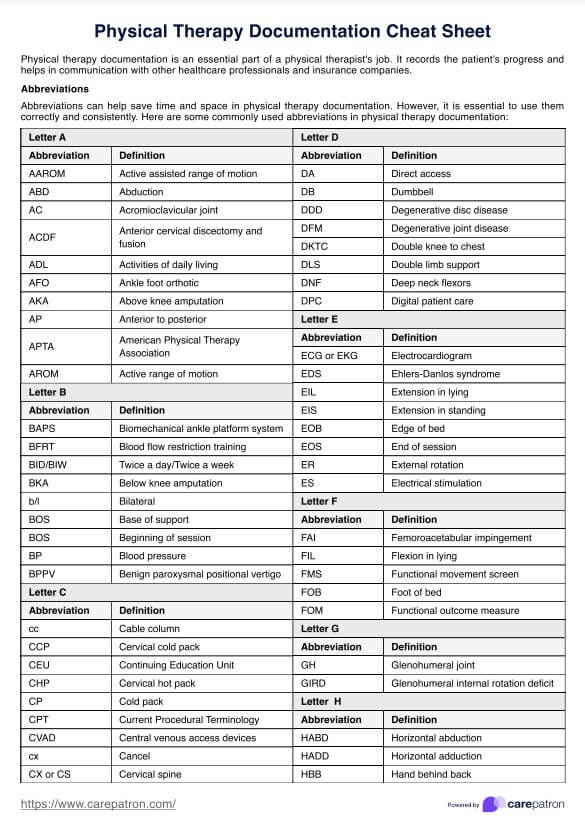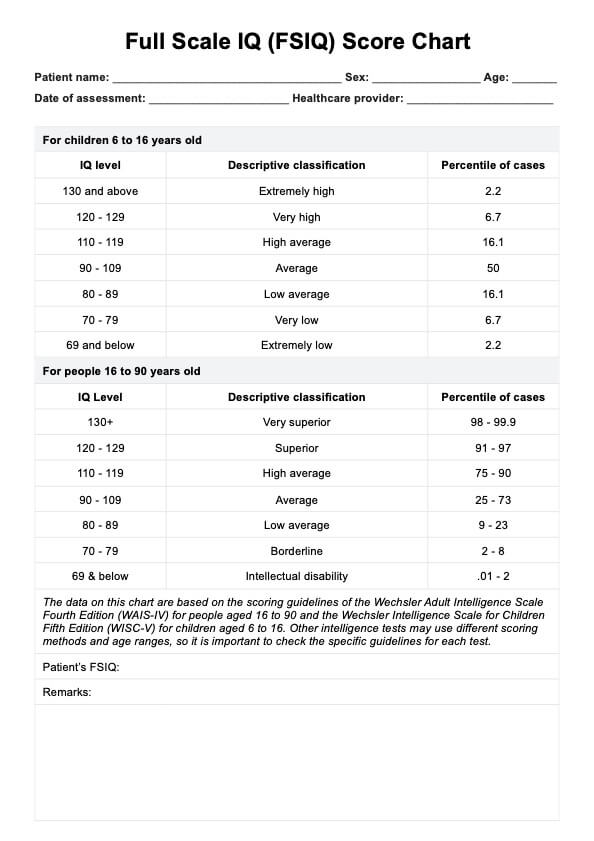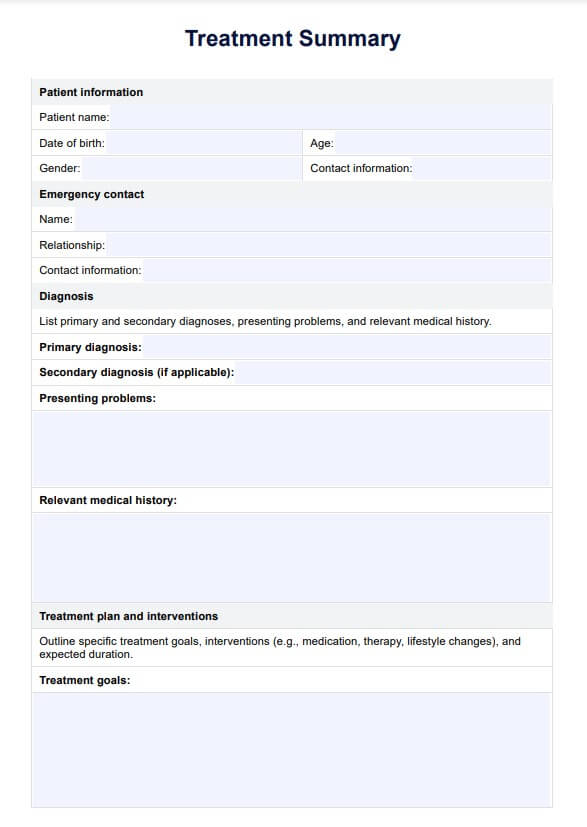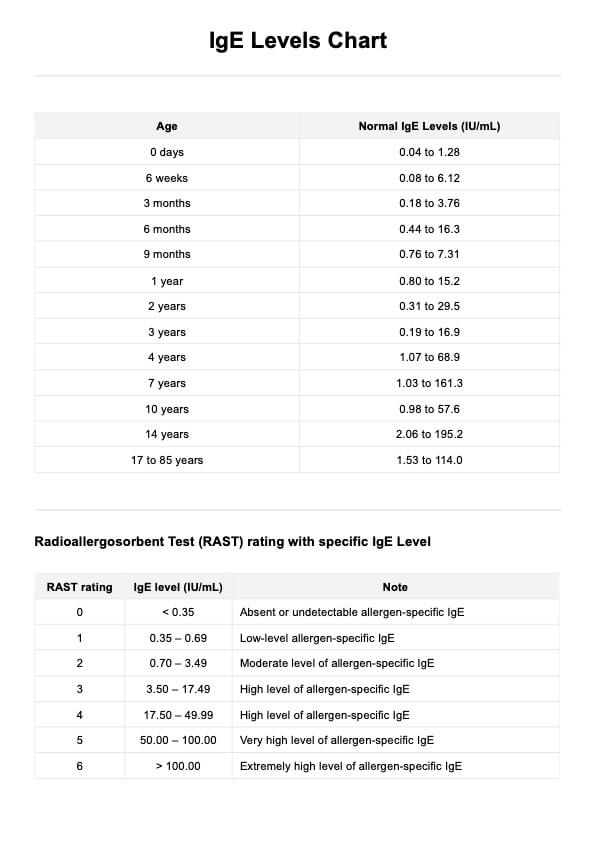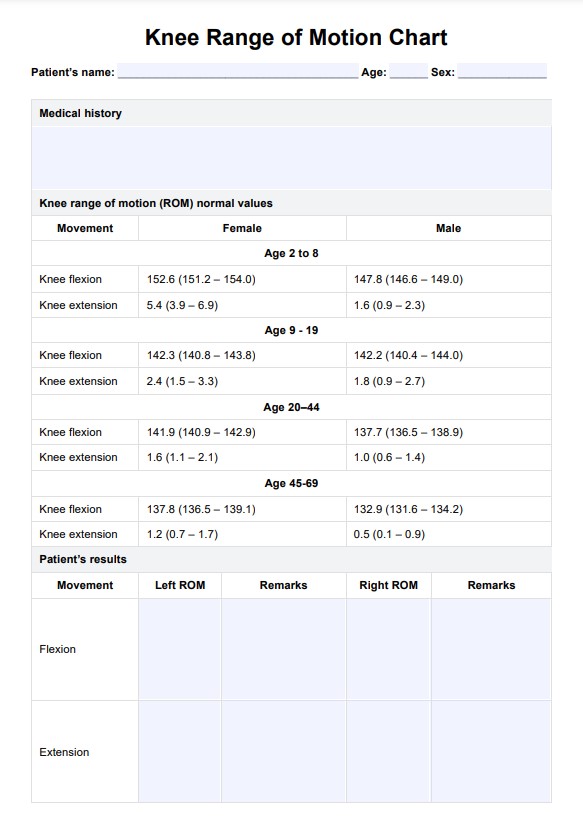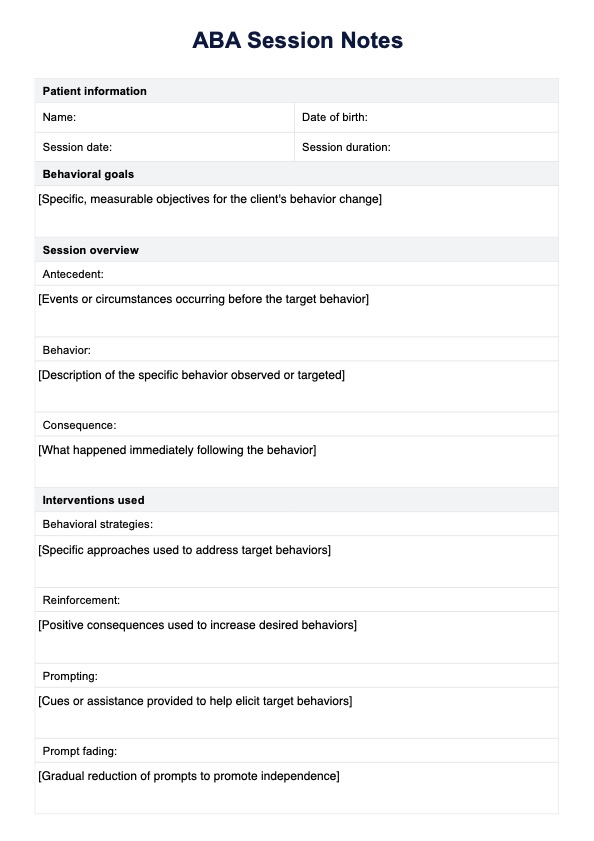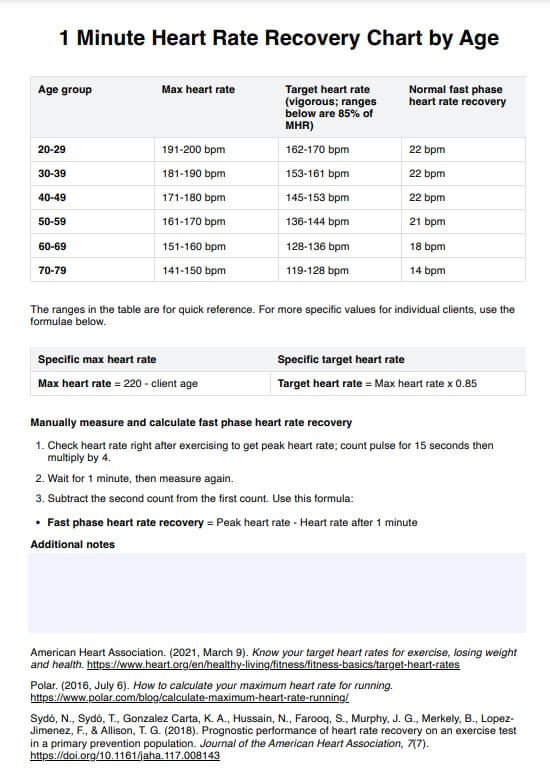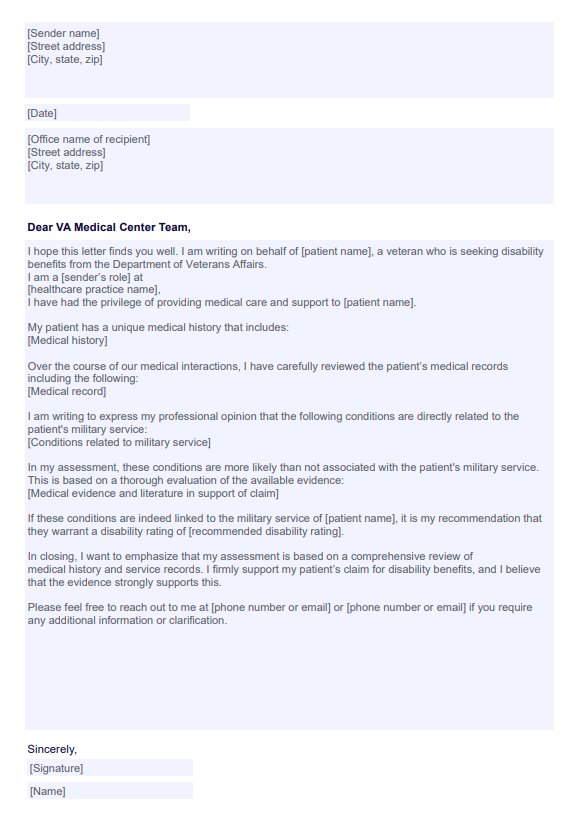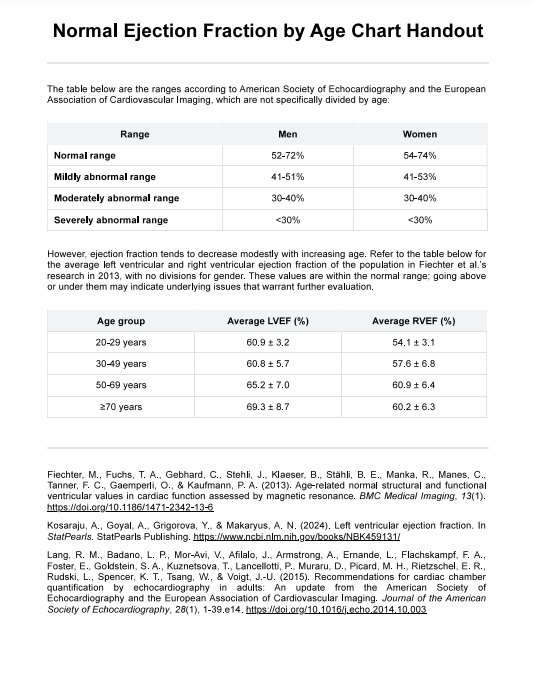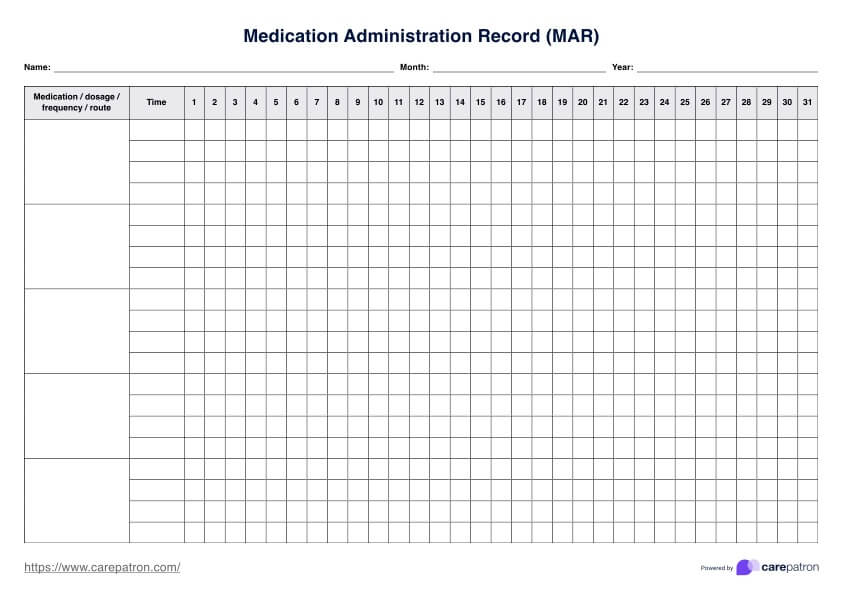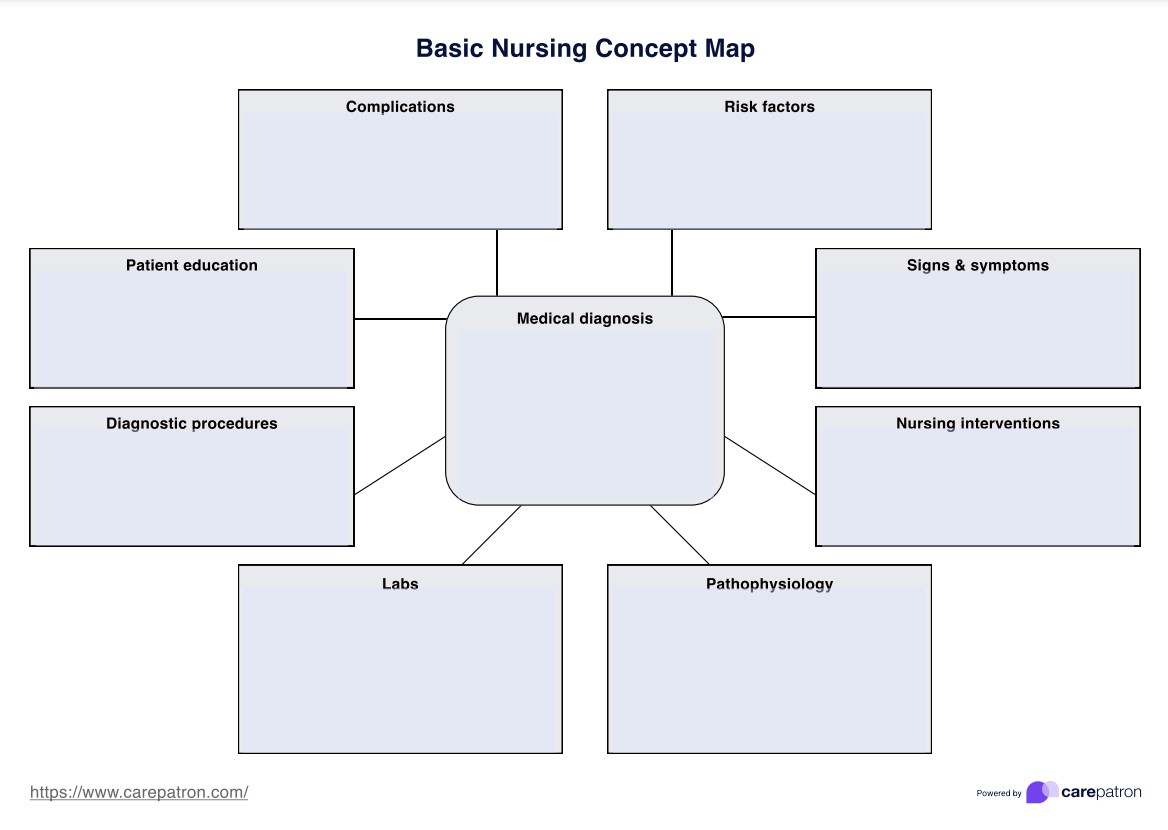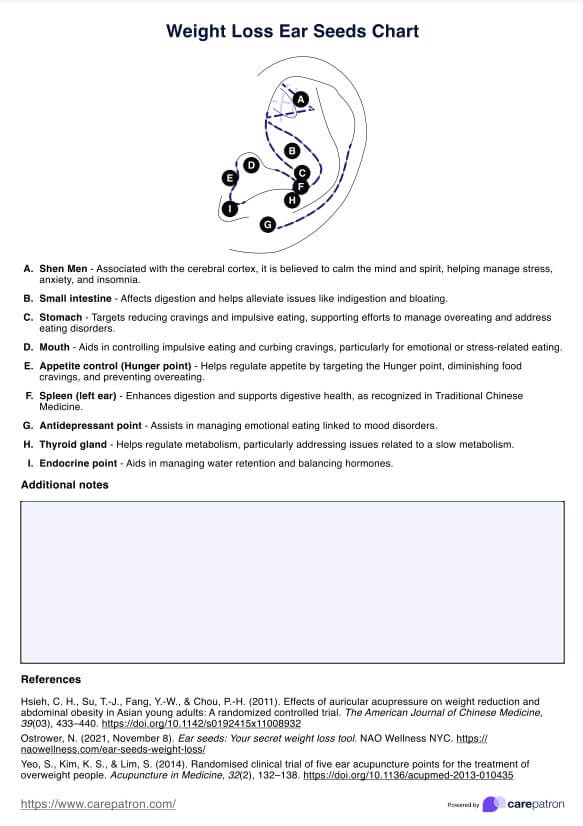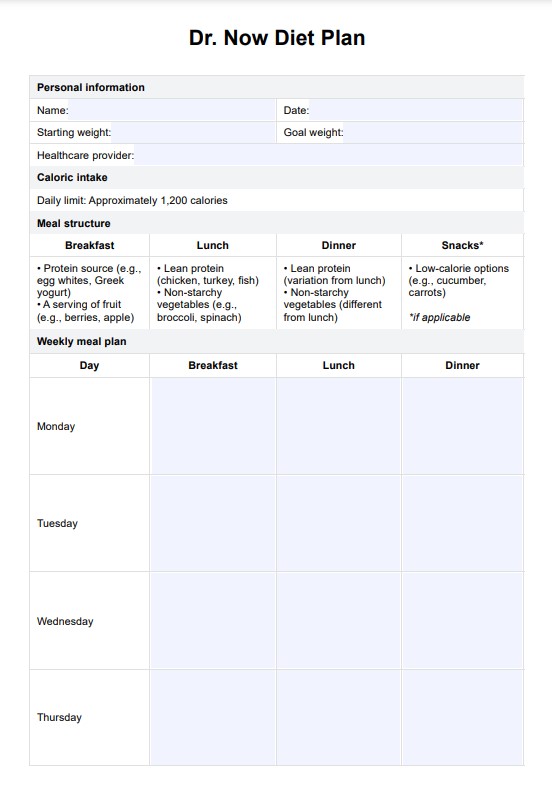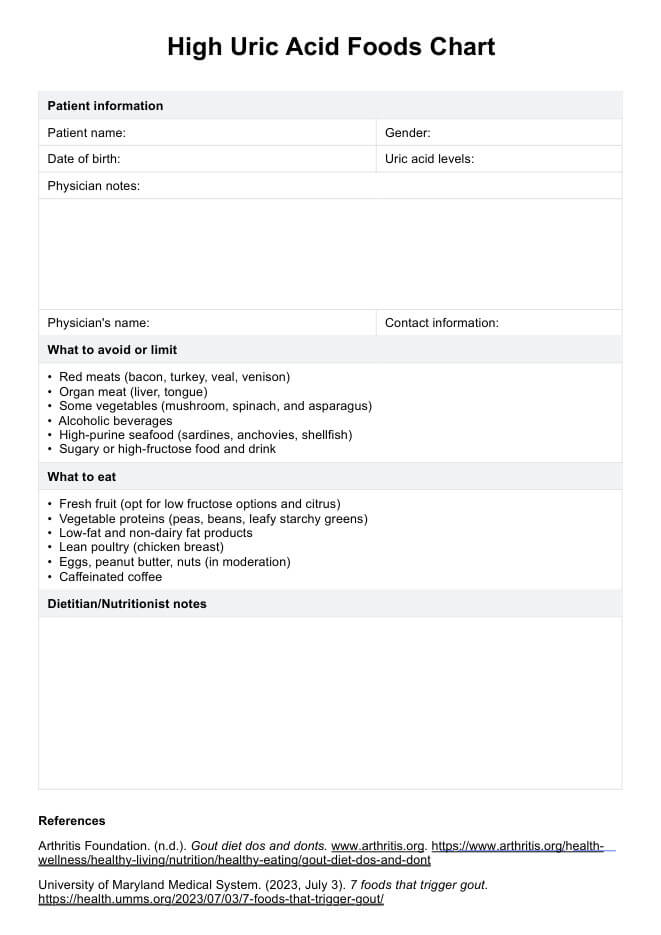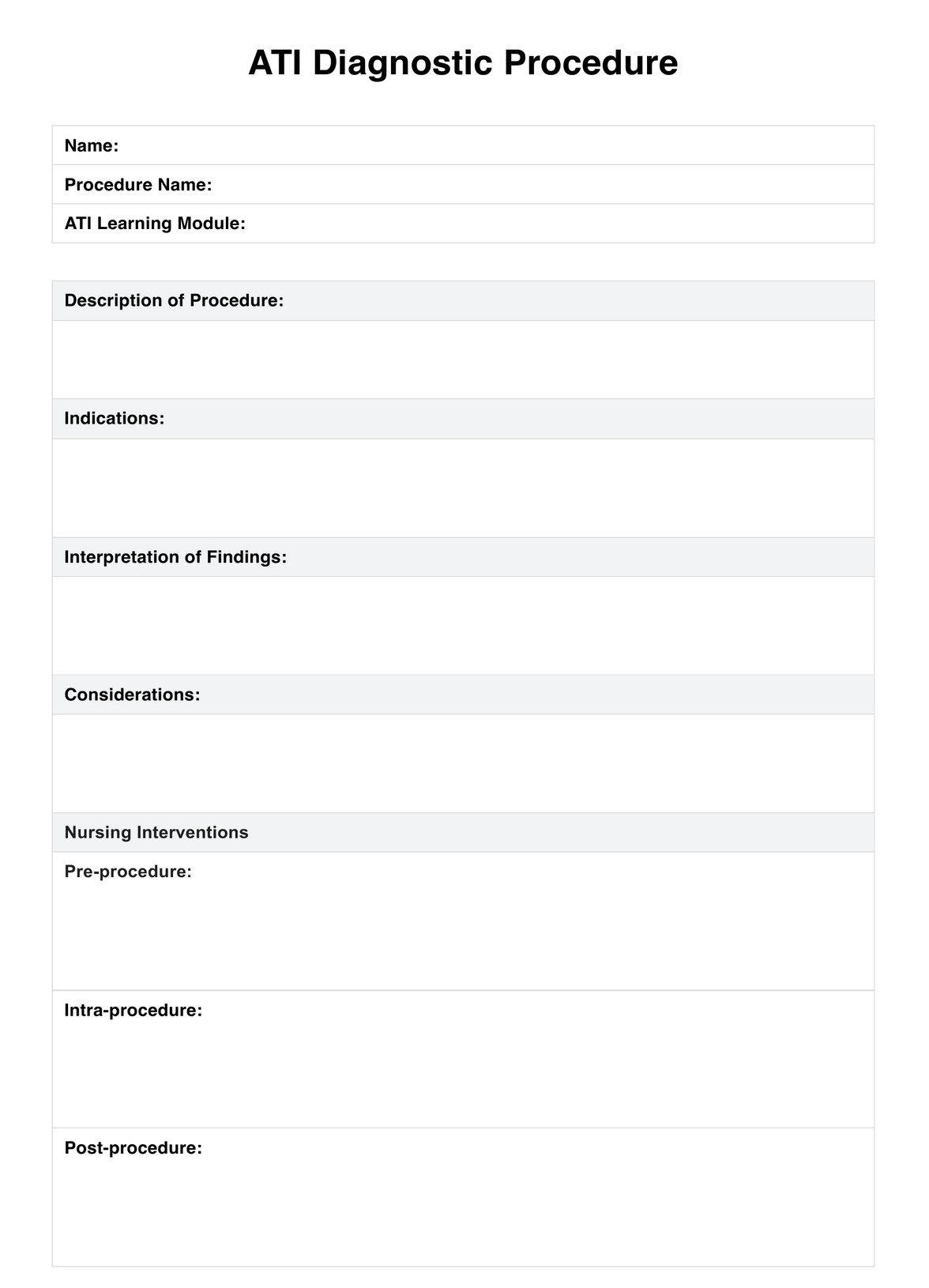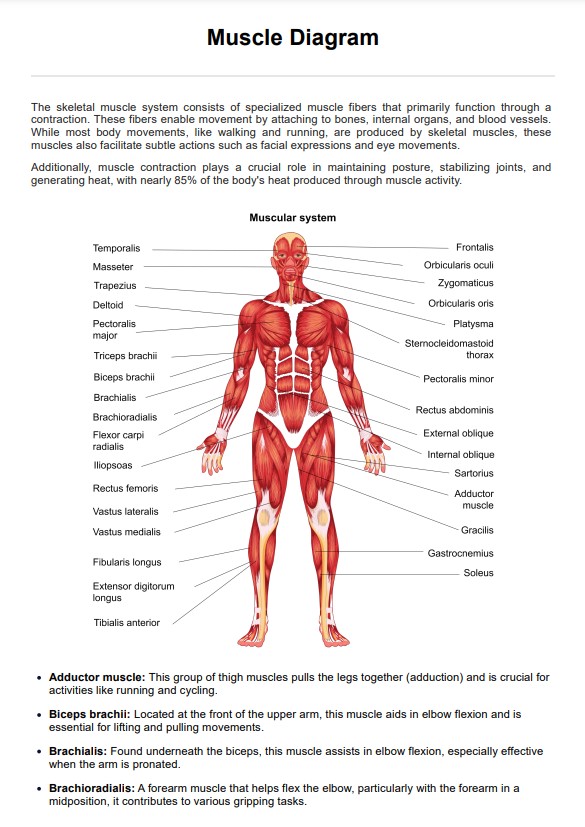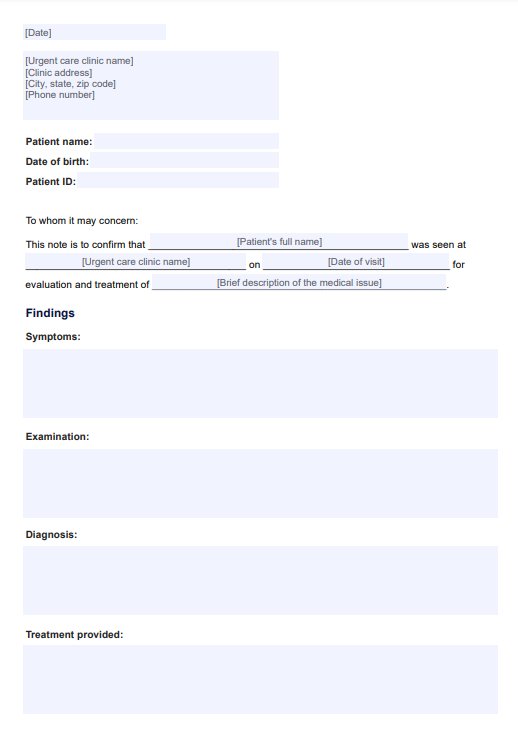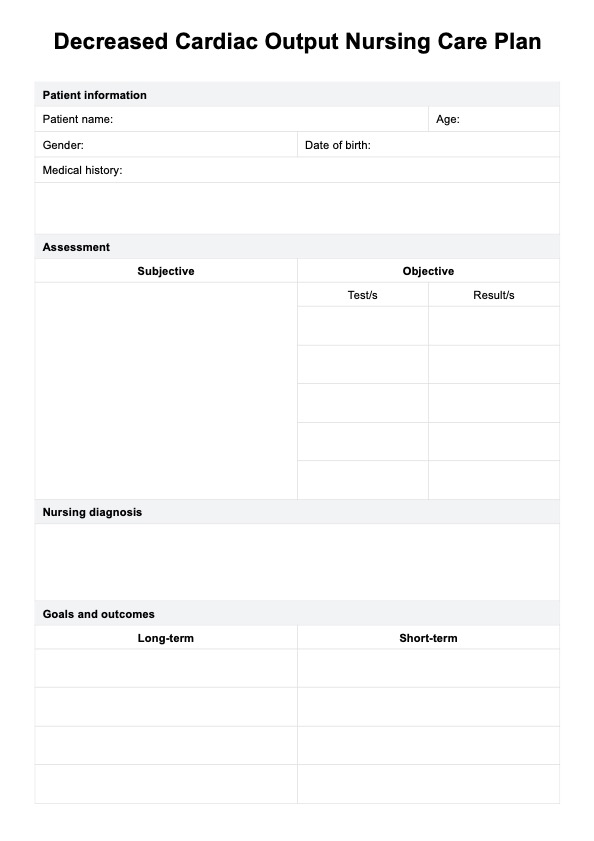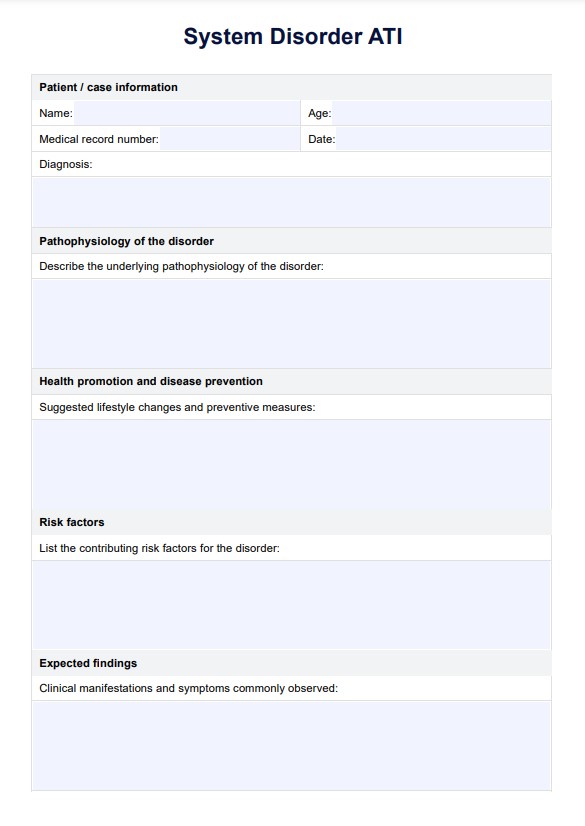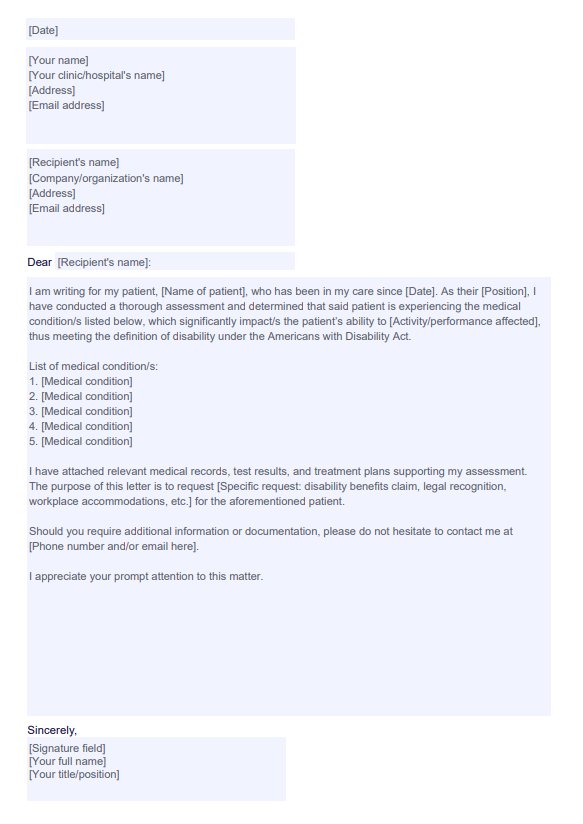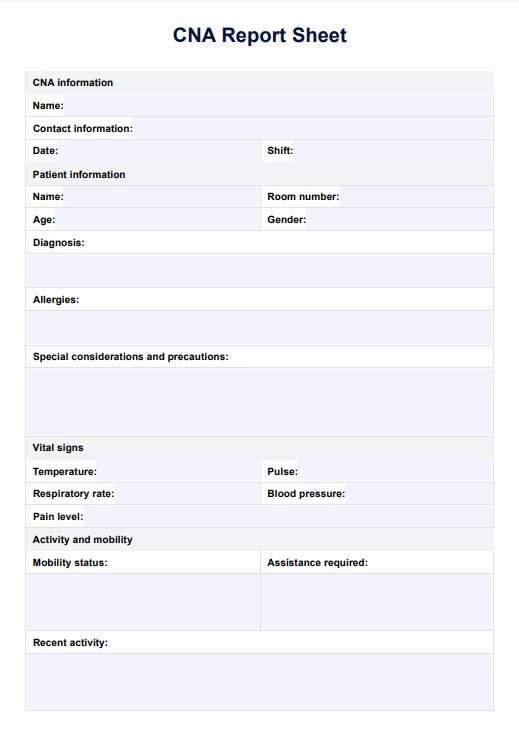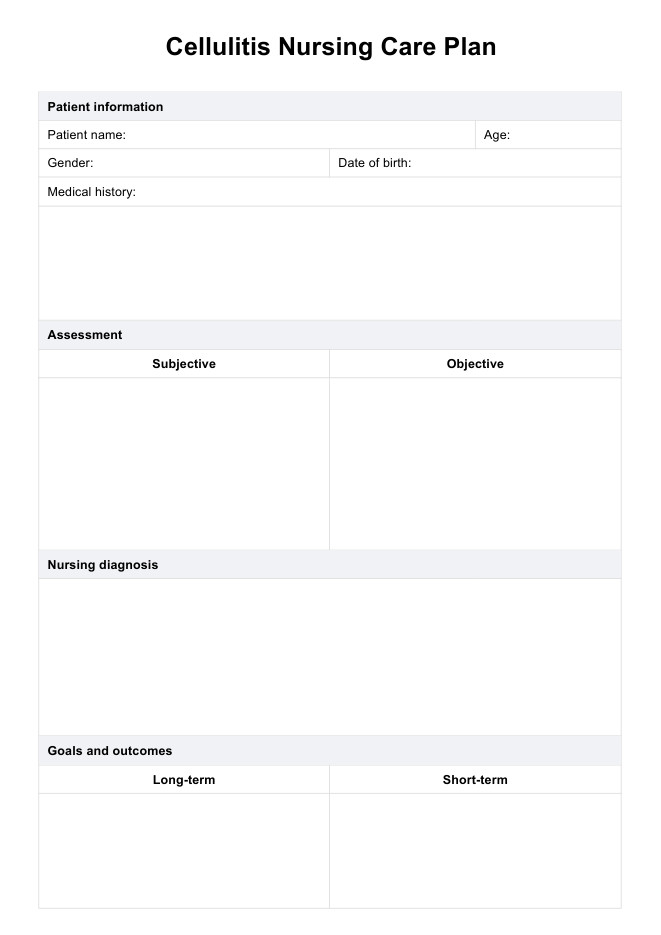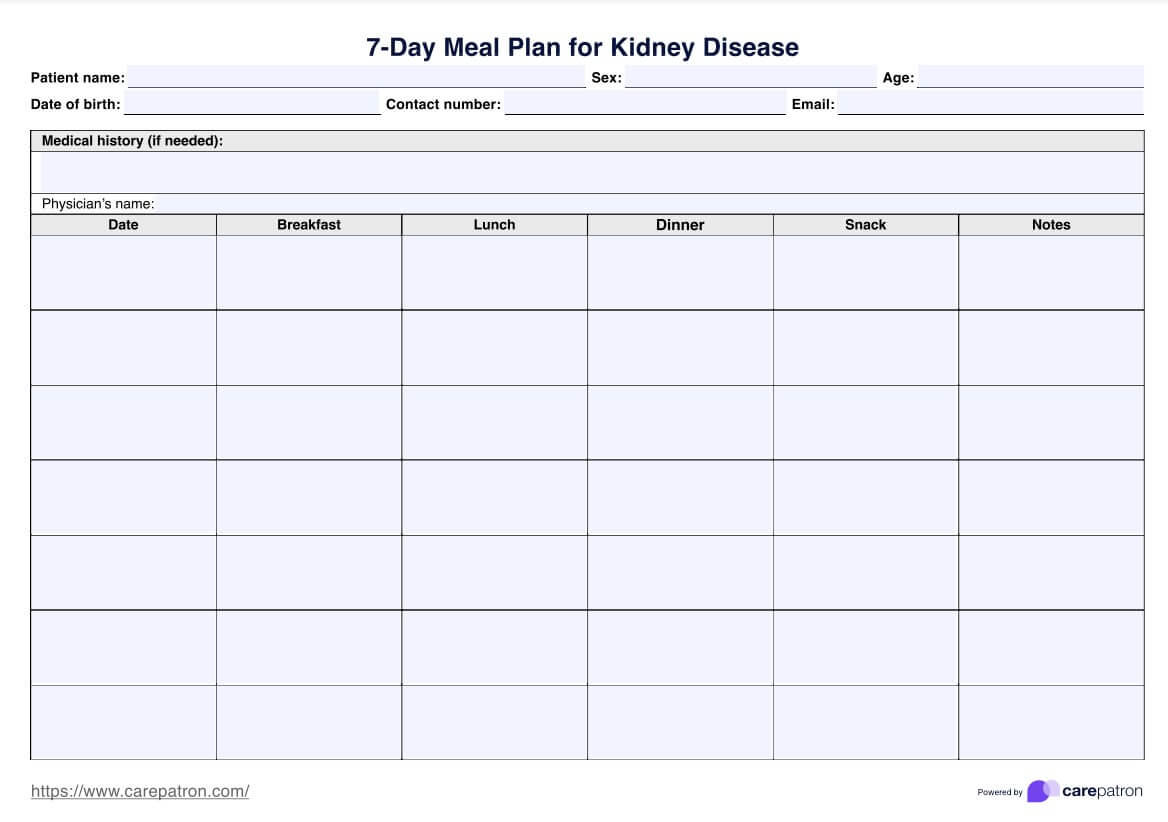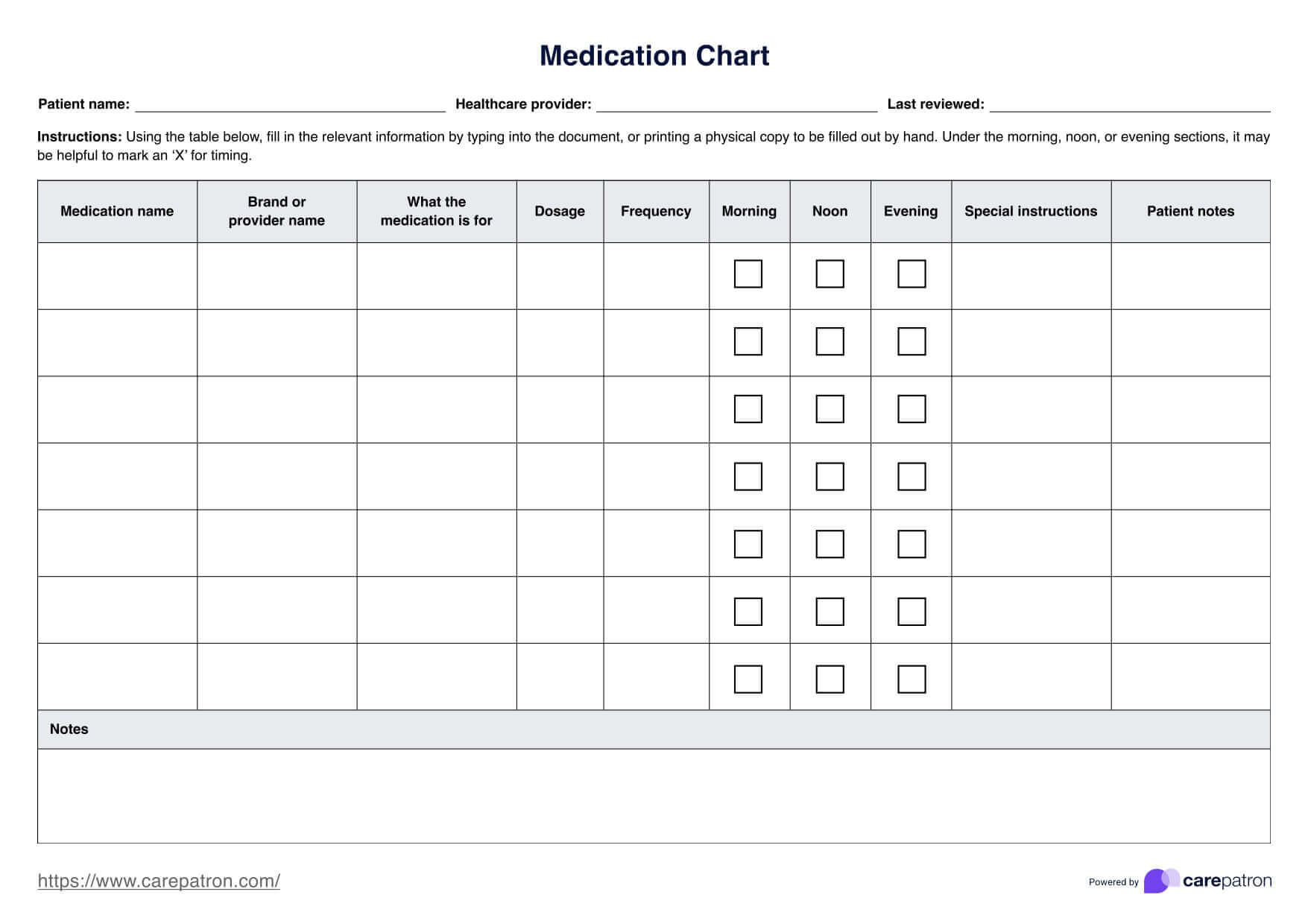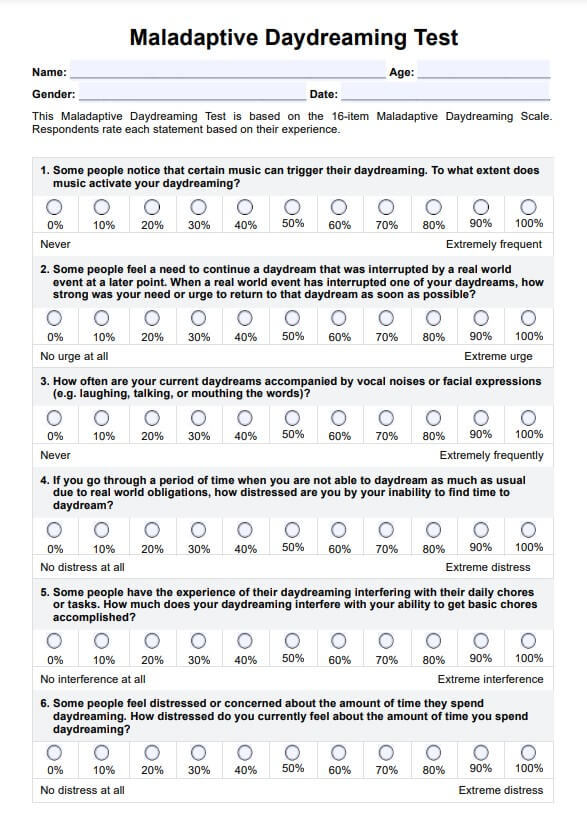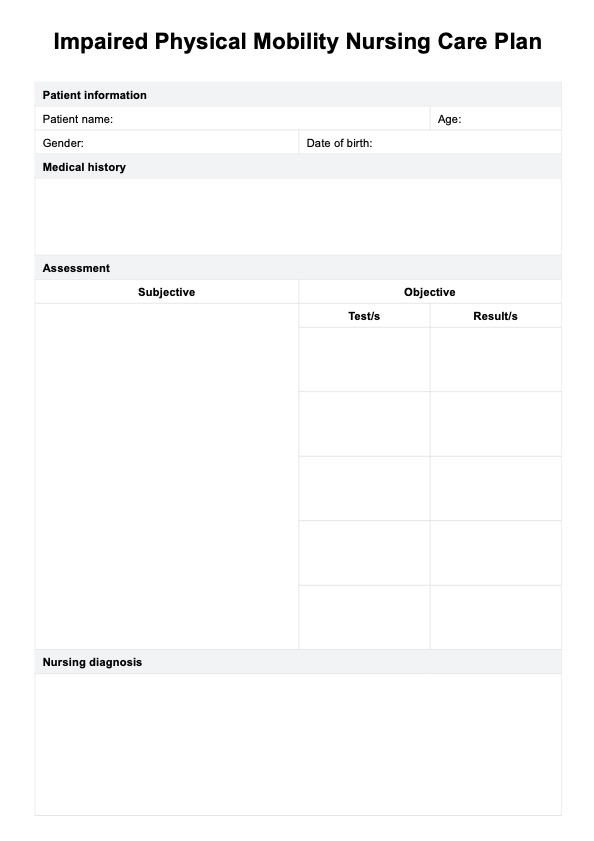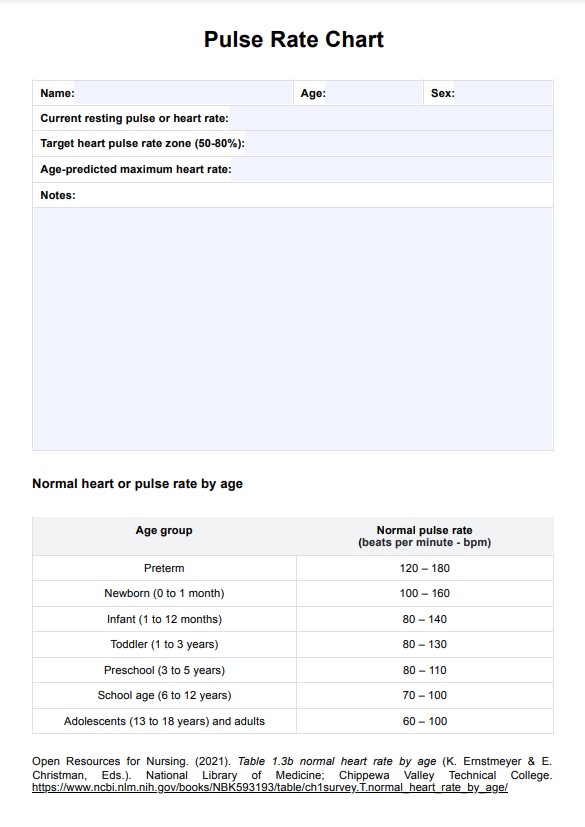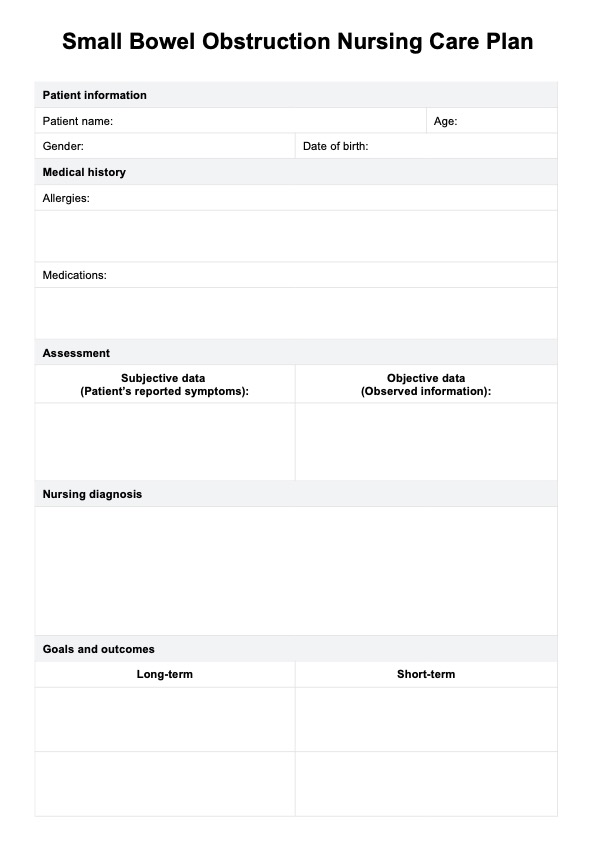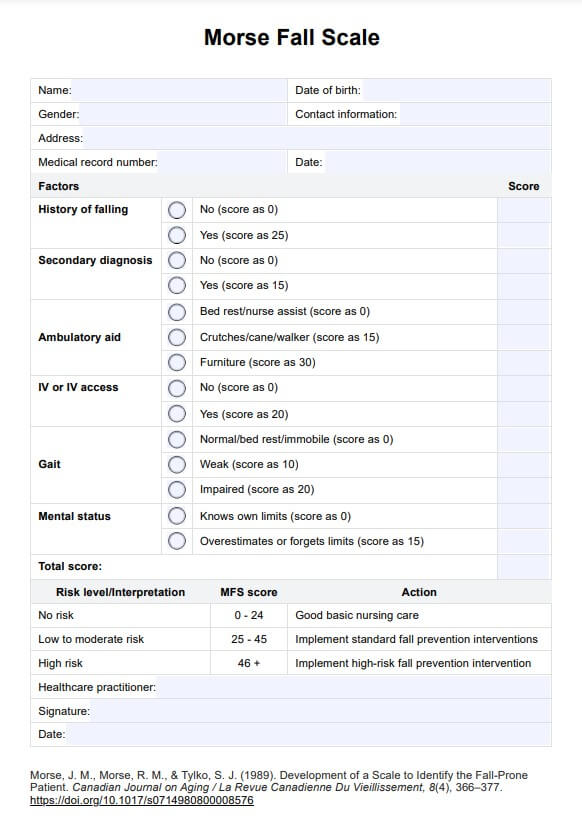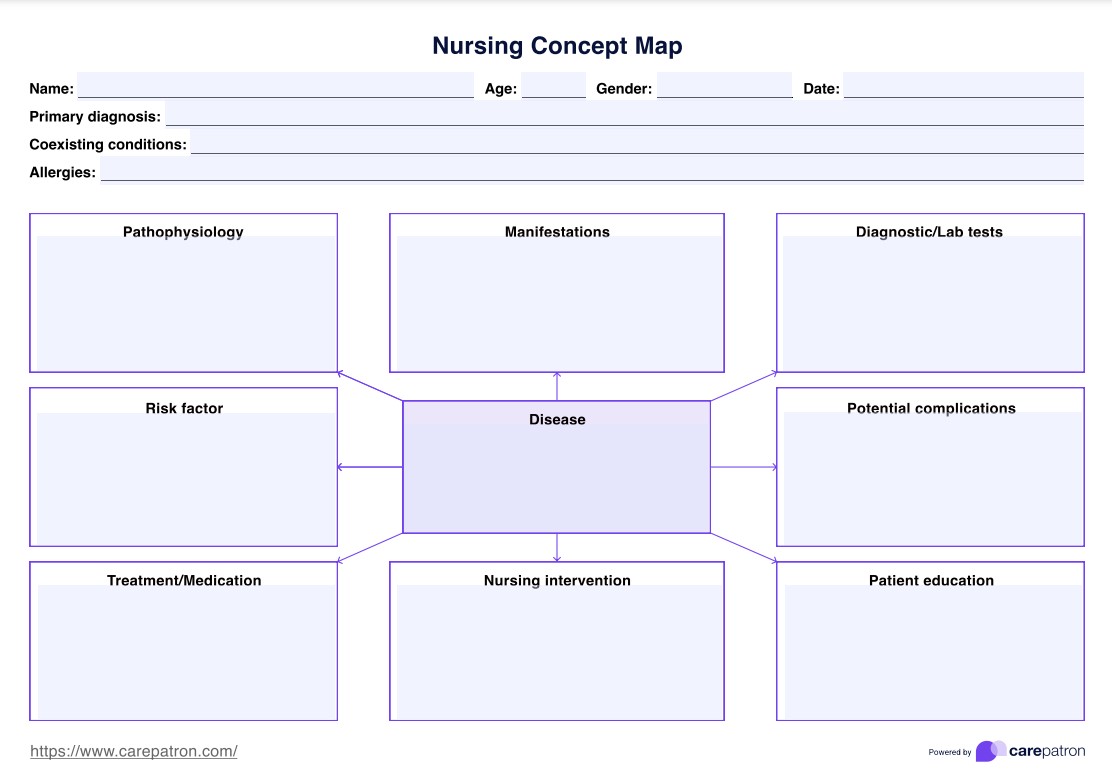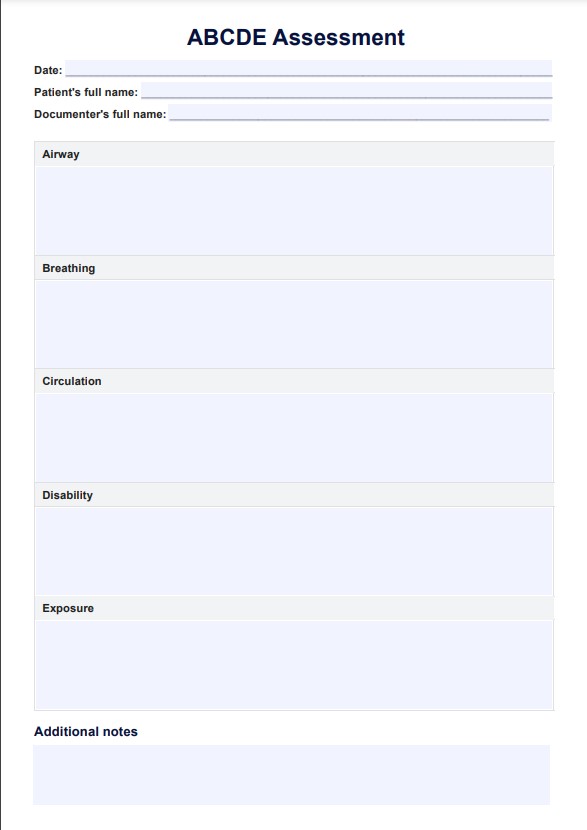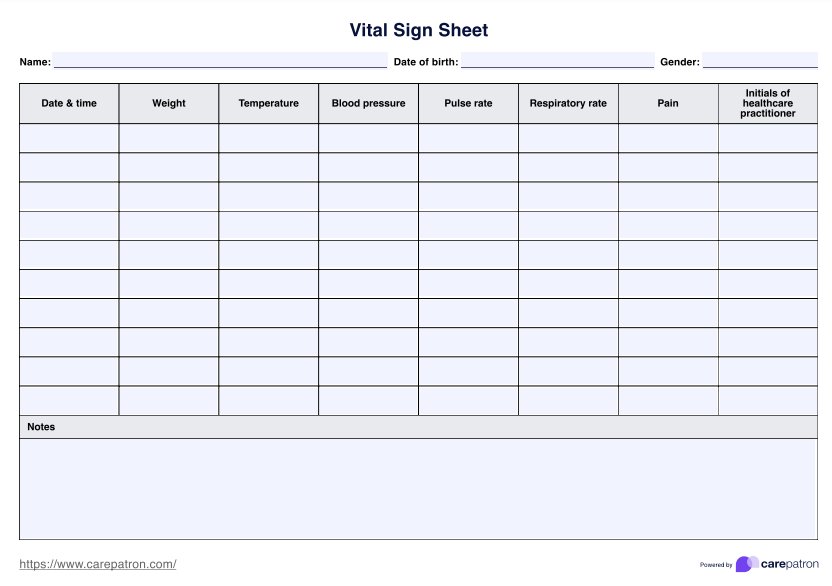Diabetesdiet typ 2
Upptäck vårt omfattande typ 2-diabetesdietdiagram med praktiska exempel. Ladda ner vår gratis PDF-guide för att hantera din kost och hälsa effektivt.


Vad är en typ 2-diabetes dietdiagram?
American Diabetes Association (n.d.) betonar att det inte finns någon lösning som passar alla för att hantera typ 2-diabetes. Det är här unika och personliga verktyg spelar en viktig roll. Ett av dessa verktyg är typ 2 Diabetes Diet Chart. Detta är en specialiserad resurs som är utformad för att hjälpa individer att hantera sin diabetes genom att planera måltider och införliva en hälsosam kost. Detta diagram vägleder vad man ska äta, hur mycket man ska äta, och när man ska äta för att upprätthålla stabila blodsockernivåer, vilket är viktigt för att kontrollera typ 2-diabetes och undvika blodsockertoppar.
Diagrammet ger ett sätt att dokumentera och planera intaget av olika livsmedelsgrupper, med betoning på de som har en lägre inverkan på blodsockernivån. Den innehåller kategorier som fullkorn, magert protein, hälsosamma fetter och fibrer och ger portionsstorlekar och måltidsförslag för att hjälpa till att planera balanserade, hälsosamma måltider under hela dagen.
Detta kan användas tillsammans med matlistor, som kan innehålla glykemiska indexbetyg för bekanta livsmedel. Det glykemiska indexet mäter hur snabbt en mat får blodsockernivån att stiga. Livsmedel med lägre betyg, såsom icke-stärkelsehaltiga grönsaker och fullkornsbröd, är att föredra för diabeteshantering, vilket gör att individer kan göra informerade kostval.
Förutom måltidsplanering kan diagrammet också användas för att dokumentera och notera patientens observationer av deras fysiska aktivitet, humör och symtom. Målet med denna resurs är inte bara att kontrollera blodsockernivån utan också att främja allmän hälsa och välbefinnande.
Vårt matdiagram för typ 2 diabetes är ett värdefullt verktyg för alla som vill hantera sin diabetes effektivt genom kost. Utvecklad av vårdpersonal som dietister eller läkare säkerställer det att informationen är tillförlitlig och skräddarsydd för behoven hos personer med typ 2-diabetes.
Dietmall för typ 2-diabetes
Exempel på typ 2-diabetes diet
Hur fungerar det?
Att använda ett dietdiagram för typ 2 diabetes innebär flera steg som guidar individer genom processen att skapa en måltidsplan och hantera sin kost. Detta systematiska tillvägagångssätt säkerställer att kostvalen överensstämmer med de specifika behoven för att hantera typ 2-diabetes. Så här fungerar det vanligtvis:
Steg 1: Åtkomst till diagrammet
Det första steget är att få tillgång till ett pålitligt och omfattande utskrivbart typ 2-diabetesdietdiagram. Du kan ladda ner Carepatrons typ 2 Diabetes Diet Chart inom plattformen eller genom förhandsgranskningen på den här sidan.
Steg 2: Förstå livsmedelsgrupper
När du har diagrammet är nästa steg att förstå de olika livsmedelsgrupperna och deras inverkan på blodsockernivån. Du kan använda detta dietdiagram tillsammans med vår Typ 2-diabetesdietmatlista som referens. Detta kategoriserar livsmedel i grupper som fullkorn, magert protein, friska fetter och fibrer.
Steg 3: Måltidsplanering
Med hjälp av informationen i diagrammet kan patienten sedan börja planera sina måltider. Du kan vägleda dem i denna process genom att besluta om rätt balans mellan hälsosamma livsmedel för varje måltid och hur de kan fylla i guidens anteckningar/observationsavsnitt.
Steg 4: Inspelning och övervakning
För många är det bra att använda diagrammet för att registrera sitt dagliga matintag för att upprätthålla blodsockernivån. Detta kan vara användbart för att övervaka patientens efterlevnad av de rekommenderade kostriktlinjerna och en hälsosam kostplan.
Steg 5: Justeringar och personalisering
När patienter använder diagrammet måste vissa justeringar göras för att bättre passa deras hälsobehov, preferenser eller livsstil. Uppföljningskonsultationer med dig eller en annan vårdgivare kan hjälpa dem att anpassa diagrammet för att säkerställa att det överensstämmer väl med deras hälsomål och medicinska krav, oavsett om de följer en traditionell diet eller en vegetarisk eller vegansk kost.
Ett utskrivbart dietdiagram för typ 2 diabetes är inte bara en kostguide. Det är ett verktyg för en hälsosammare livsstil. Genom att följa dessa steg kan individer använda diagrammet för att göra informerade och fördelaktiga kostval, vilket avsevärt påverkar deras diabeteshantering och övergripande välbefinnande.
När skulle du använda det här diagrammet?
Dietdiagrammet för typ 2 diabetes är till hjälp för personer med typ 2-diabetes och vårdpersonal som hanterar sin vård. Detta diagram används mest lämpligt i olika situationer för att säkerställa ett omfattande tillvägagångssätt för diabeteshantering. Här är när och varför detta diagram blir ett viktigt verktyg:
För initial diabeteshantering
När någon först diagnostiseras med typ 2-diabetes fungerar detta diagram som en viktig utgångspunkt. Det hjälper individer att förstå hur olika livsmedel påverkar blodsockernivån och introducerar grunderna i en diabetesvänlig diet.
Under medicinska konsultationer
Vårdgivare, såsom dietister, nutritionister och diabetesutbildare, använder ofta detta diagram under patientkonsultationer. Det hjälper till att förklara de kostförändringar som är nödvändiga för att hantera typ 2-diabetes och skapa en personlig dietplan.
För regelbunden övervakning och justeringar
När en individs tillstånd utvecklas kan kostbehov förändras. Diagrammet är användbart för regelbundna granskningar och justeringar av dietplanen, vilket säkerställer att den förblir effektiv för att hantera blodsockernivån.
Kostplanering efter sjukhusvistelse
Efter sjukhusvistelse på grund av diabetesrelaterade komplikationer kan typ 2-diabetesdietdiagrammet vägleda patienter i deras återhämtningsfas och hjälpa dem att justera sin diet för att matcha deras nuvarande hälsotillstånd.
I livsstilsmodifieringsprogram
Detta diagram är avgörande i livsstilsmodifieringsprogram för att hantera eller förebygga typ 2-diabetes. Det ger en ram för hälsosamma matvanor som avsevärt kan förbättra blodsockerkontrollen och den allmänna hälsan.
För att utbilda vårdgivare och familjemedlemmar
Diagrammet är också ett pedagogiskt verktyg för vårdgivare och familjemedlemmar till personer med typ 2-diabetes. Det hjälper dem att förstå patienternas kostbehov och hjälper till att förbereda lämpliga måltider som hjälper till att hantera tillståndet.
I samhällshälsoinitiativ
Folkhälsopersonal och samhällsutbildare kan använda diagrammet i bredare hälsoinitiativ och utbildningskampanjer för att sprida medvetenhet om hälsosamma matvanor för diabeteshantering.
Fördelar med att använda typ 2-diabetesdietdiagrammet
Att förstå resultaten av ett typ 2-diabetesdietdiagram är avgörande för att effektivt hantera tillståndet. När individer följer riktlinjerna i diagrammet återspeglas resultaten vanligtvis i deras blodsockernivåer, övergripande hälsa och välbefinnande. Här är några vanliga resultat och vad de betyder:
Förbättrad blodsockerkontroll
Genom att följa de rekommenderade livsmedelsgrupperna och portionsstorlekarna ser individer ofta mer stabiliserade blodsockernivåer. Detta kan ses i konsekventa avläsningar i daglig blodsockerövervakning och förbättrade HbA1c-nivåer, som återspeglar genomsnittligt blodsocker under flera månader.
Vikthantering
Att följa dietdiagrammet kan leda till bättre viktkontroll. En diet som balanserar fullkorn, protein och hälsosamma fetter samtidigt som man betonar färska eller frysta grönsaker och fibrer resulterar ofta i en hälsosammare vikt. Detta är särskilt fördelaktigt vid hantering av typ 2-diabetes, eftersom övervikt kan förvärra insulinresistensen.
Förbättrade energinivåer
Med stabiliserade blodsockernivåer och en mer balanserad kost rapporterar individer ofta ökade energinivåer. Kontrollerat blodsocker gör att kroppen kan använda glukos i blodomloppet för energi.
Minskad risk för komplikationer
Långvarig efterlevnad av ett typ 2-diabetesdietdiagram kan minska risken för diabetesrelaterade komplikationer. Konsekvent hantering av blodsockernivåer hjälper till att förebygga eller fördröja problem som neuropati, njursjukdom och synproblem.
Bättre övergripande hälsa
Diagrammet fokuserar på att hantera diabetes och främja allmän hälsa. Att uppmuntra en balanserad kost rik på näringsämnen stöder kardiovaskulär hälsa, stärker immunförsvaret och förbättrar det övergripande fysiska och mentala välbefinnandet. Det kan också fungera som en påminnelse om att veta vilken mat som ska undvikas, till exempel mättat fett och sockerhaltiga drycker.
Personliga insikter
Genom att använda diagrammet kan patienterna ge personliga insikter om hur olika livsmedel påverkar blodsockernivån. Denna inlärningsupplevelse kan leda till mer skräddarsydda och effektiva kostval över tid.
Sammanfattningsvis kan resultaten av att använda ett typ 2-diabetesdietdiagram vara transformativa. De sträcker sig utöver att bara kontrollera blodsockernivåerna för att omfatta viktkontroll, ökad energi, minskade risker för komplikationer och förbättrad allmän hälsa. Regelbunden användning och uppdatering av diagrammet baserat på individuella svar och hälsoförändringar kan avsevärt förbättra hanteringen av typ 2-diabetes.
Du kan också hänvisa till Riktlinjer för diabetesbehandling och Diabetesdietdiagram för att höja din praxis och förbättra hälsoresultaten för dina patienter.
Referens
Amerikanska diabetesföreningen. (n.d.). Typ 2-diabetes . https://diabetes.org/living-with-diabetes/type-2
Vanliga frågor
Ett dietdiagram för typ 2 diabetes begärs ofta av personer som diagnostiserats med typ 2-diabetes som vill hantera sitt tillstånd genom kostjusteringar. Sjukvårdspersonal som dietister, endokrinologer och diabetesutbildare rekommenderar också dessa diagram till sina patienter som en del av en omfattande diabeteshanteringsplan.
Dietdiagram för typ 2 diabetes används för att planera och övervaka det dagliga matintaget. De guidar användaren att välja lämpliga livsmedel i lämpliga mängder för att upprätthålla stabila blodsockernivåer. Användare registrerar vanligtvis sina måltider och snacks, anpassar dem till rekommendationerna i diagrammet och använder denna information för att göra välgrundade kostval.
Tiden det tar att använda en typ 2-diabetes dietdiagram varierar effektivt beroende på individuella behov och mål. Det är ett pågående verktyg som används för daglig måltidsplanering och övervakning. Regelbunden granskning och justering rekommenderas, eftersom kostbehov kan förändras med hälsotillstånd, livsstil eller specifika diabeteshanteringsmål.


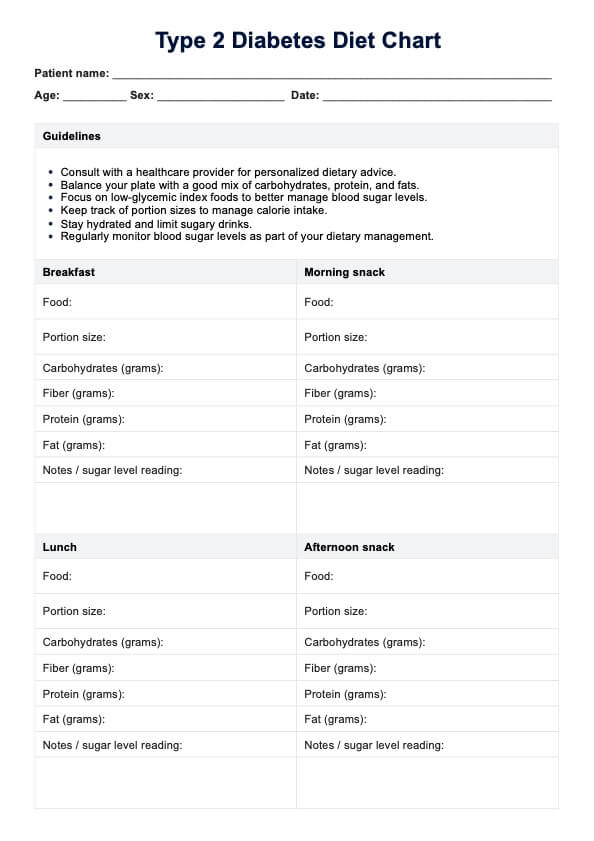
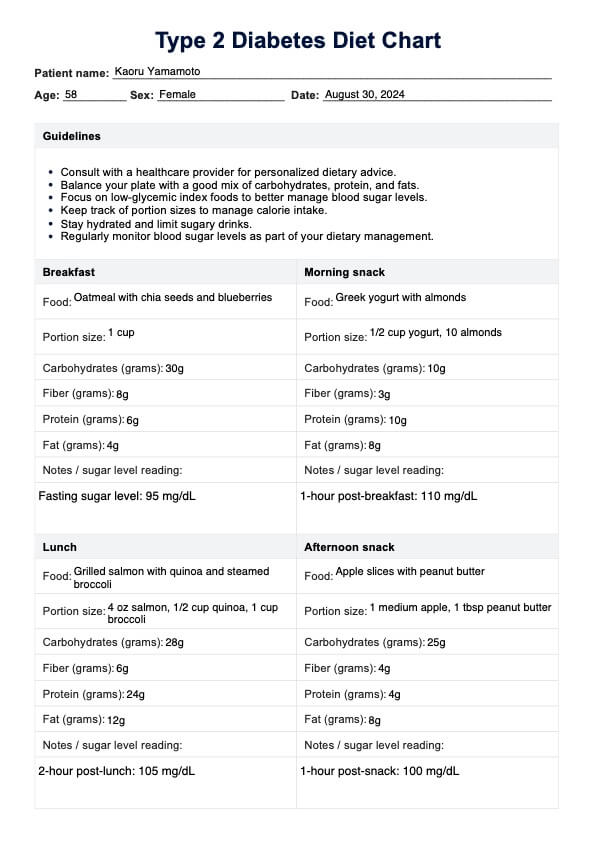

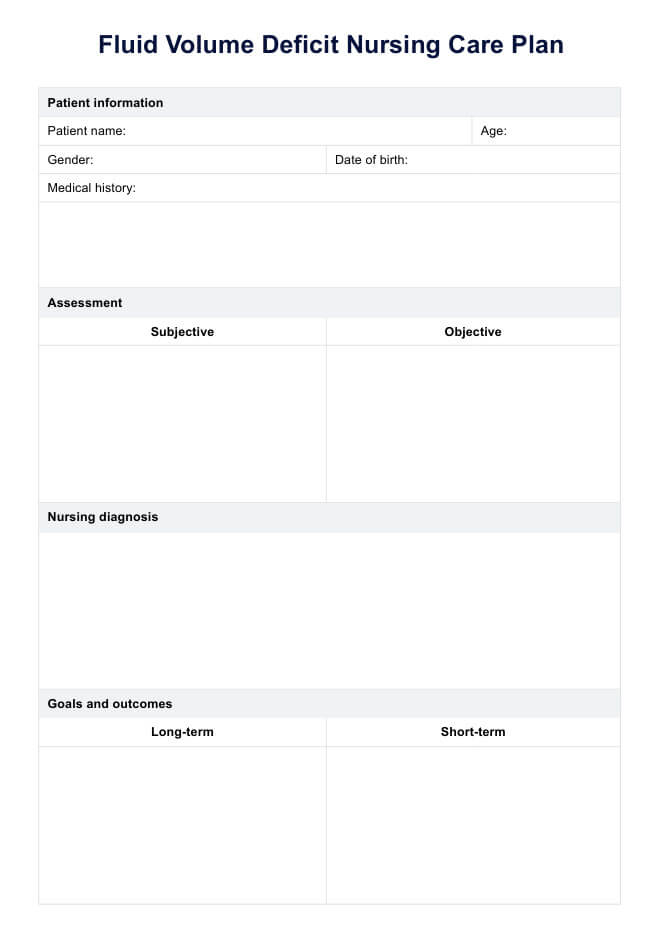
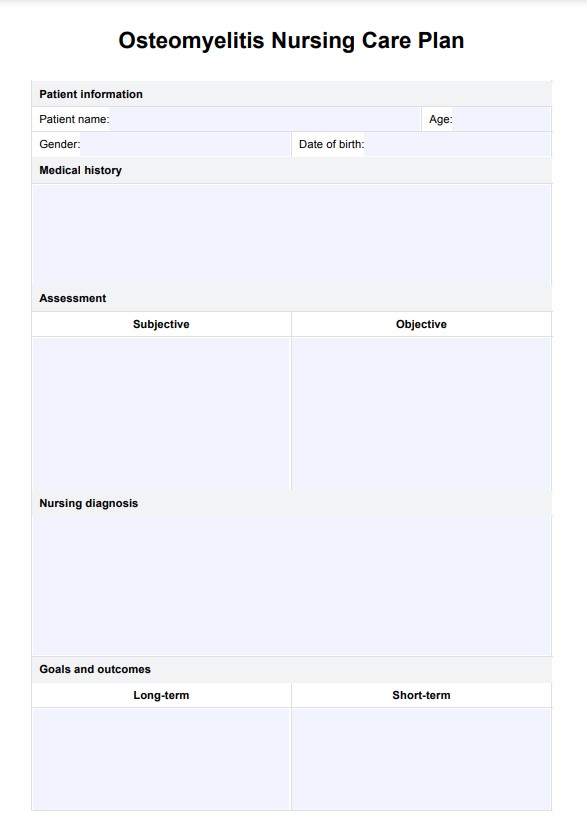
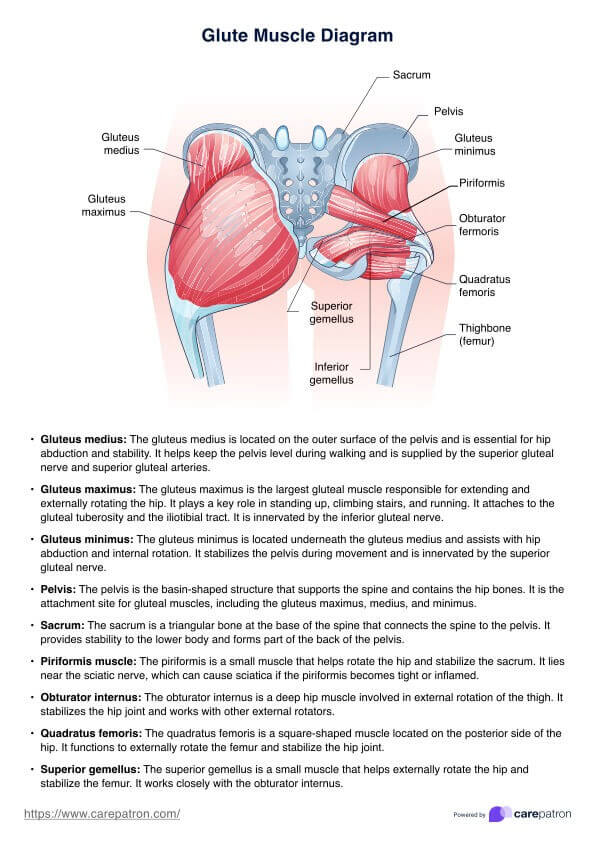








-template.jpg)












